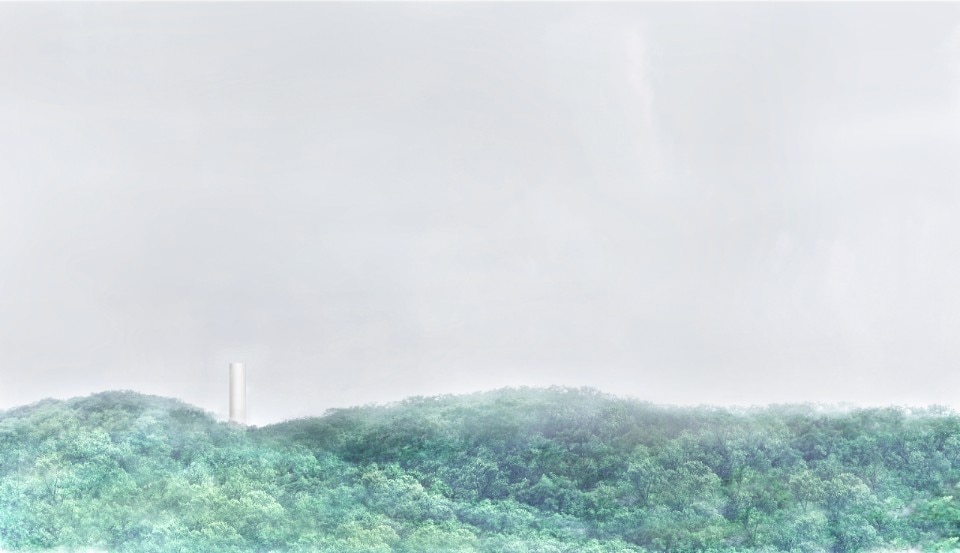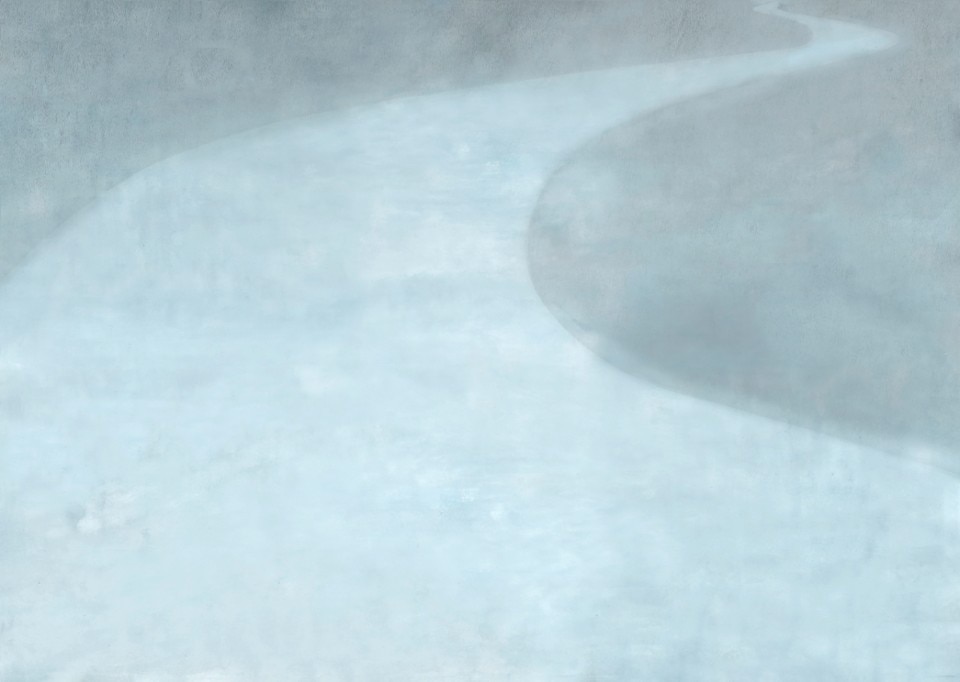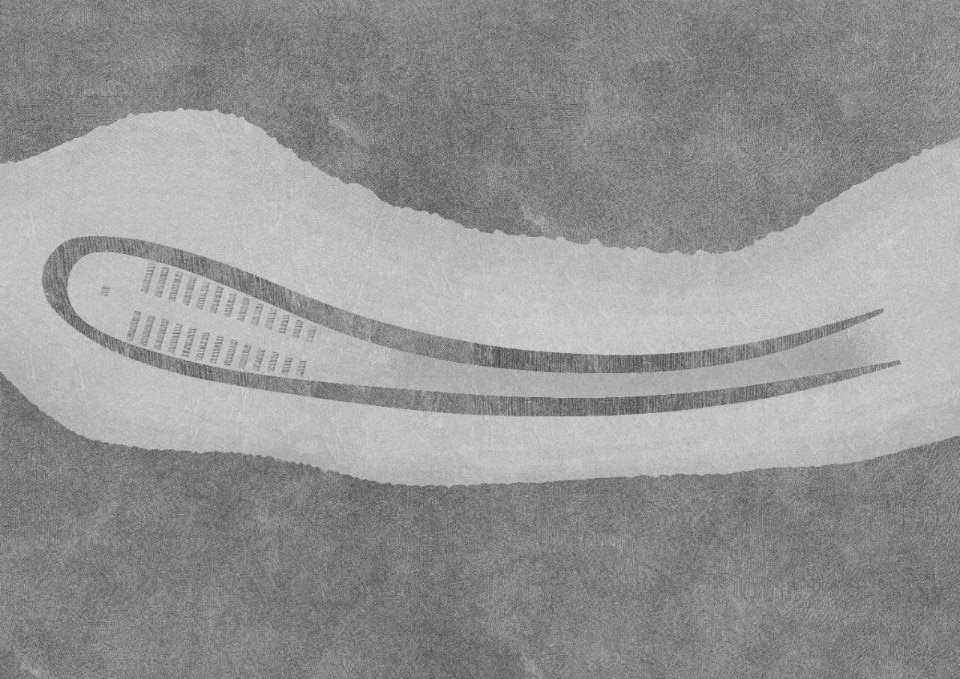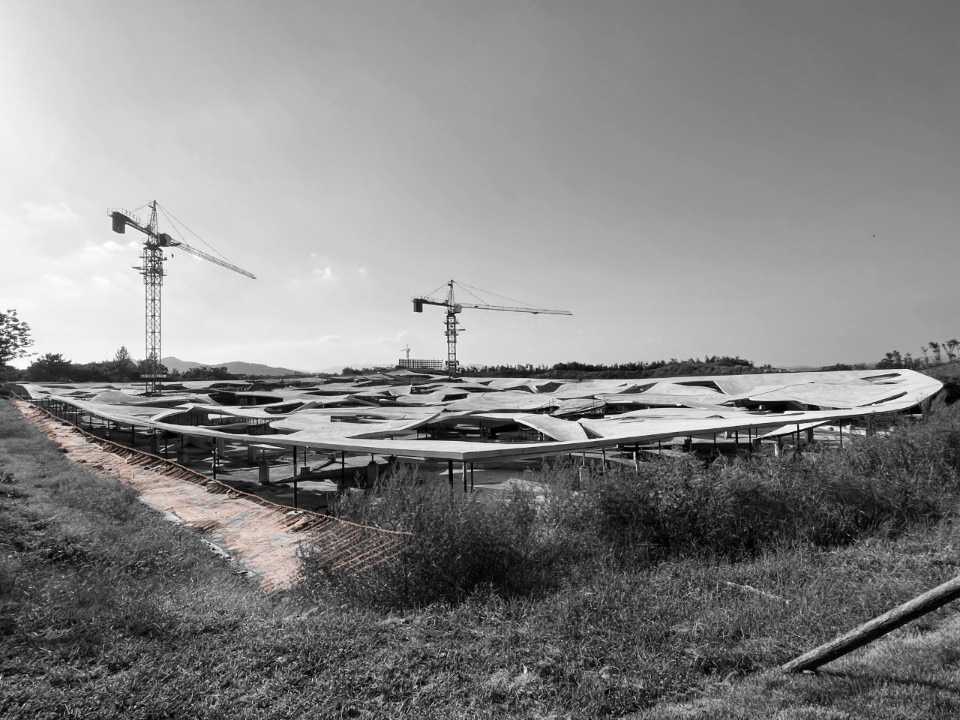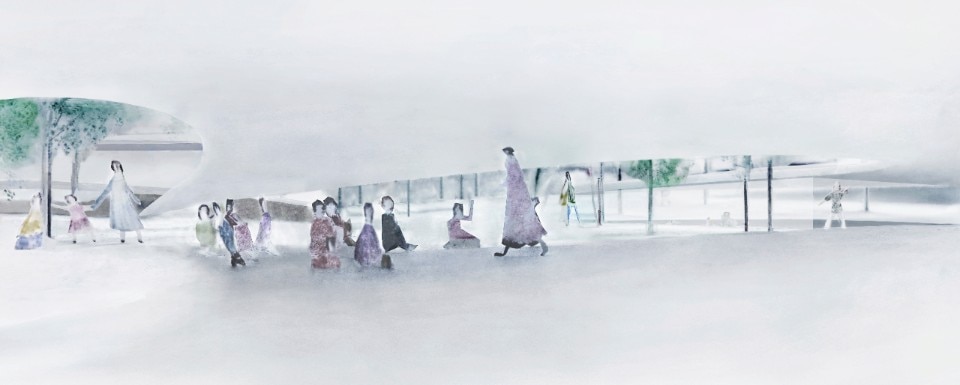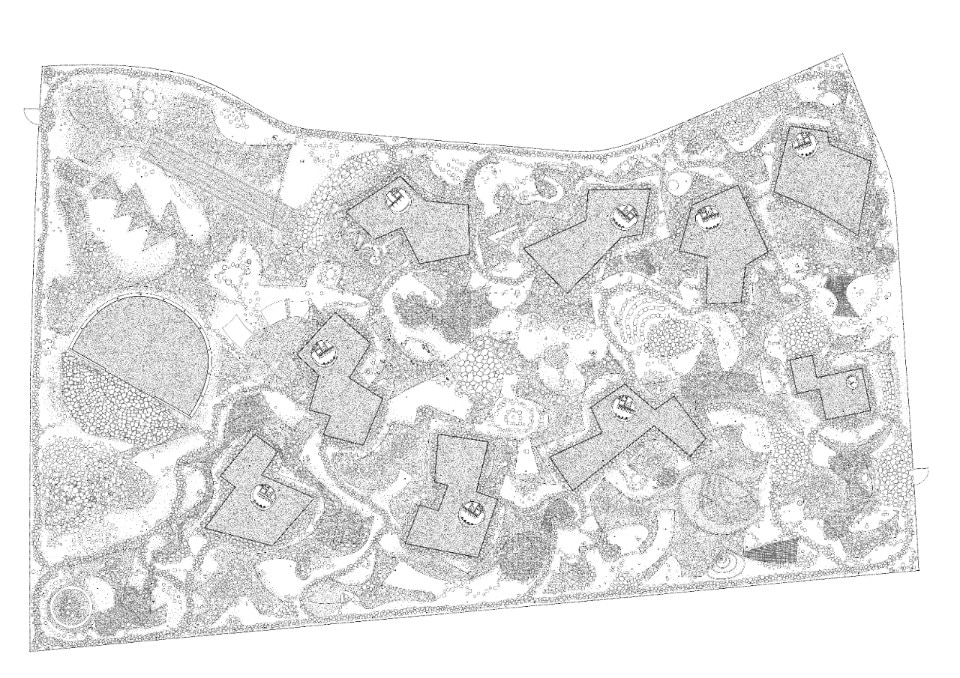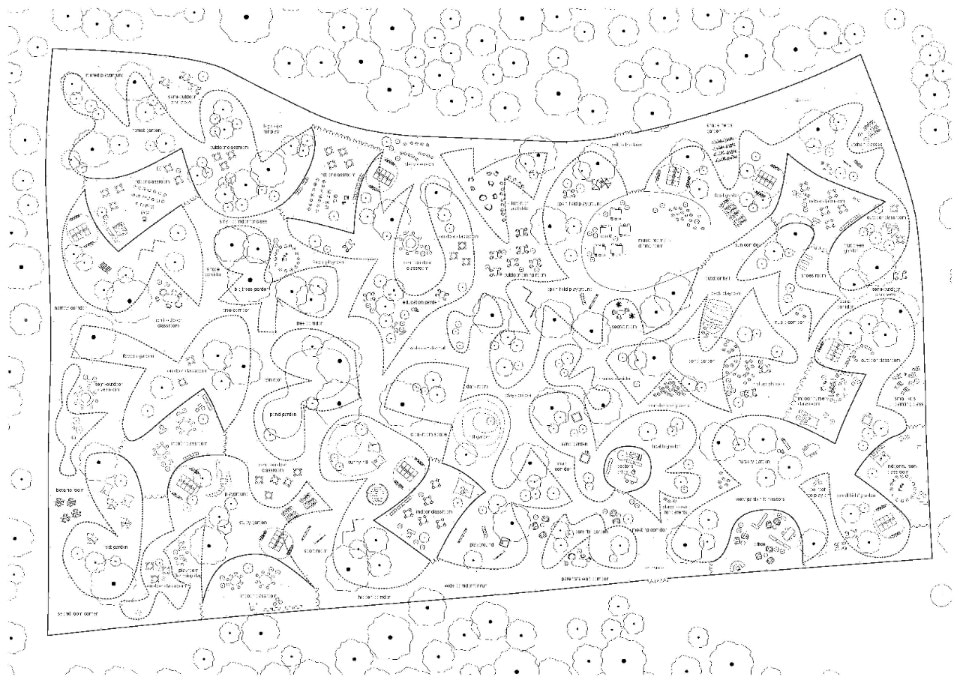This article was originally published on Domus 1065, February 2022.
I first met Junya Ishigami through his name. This is how it all began. I had heard about him when I was in Japan in 2007 and I visited his Balloon project at the Museum of Contemporary Art Tokyo (MOT).
I felt dazzled by that great structure which, despite its extravagant design, looked as light as a cloud.
Mother’s house
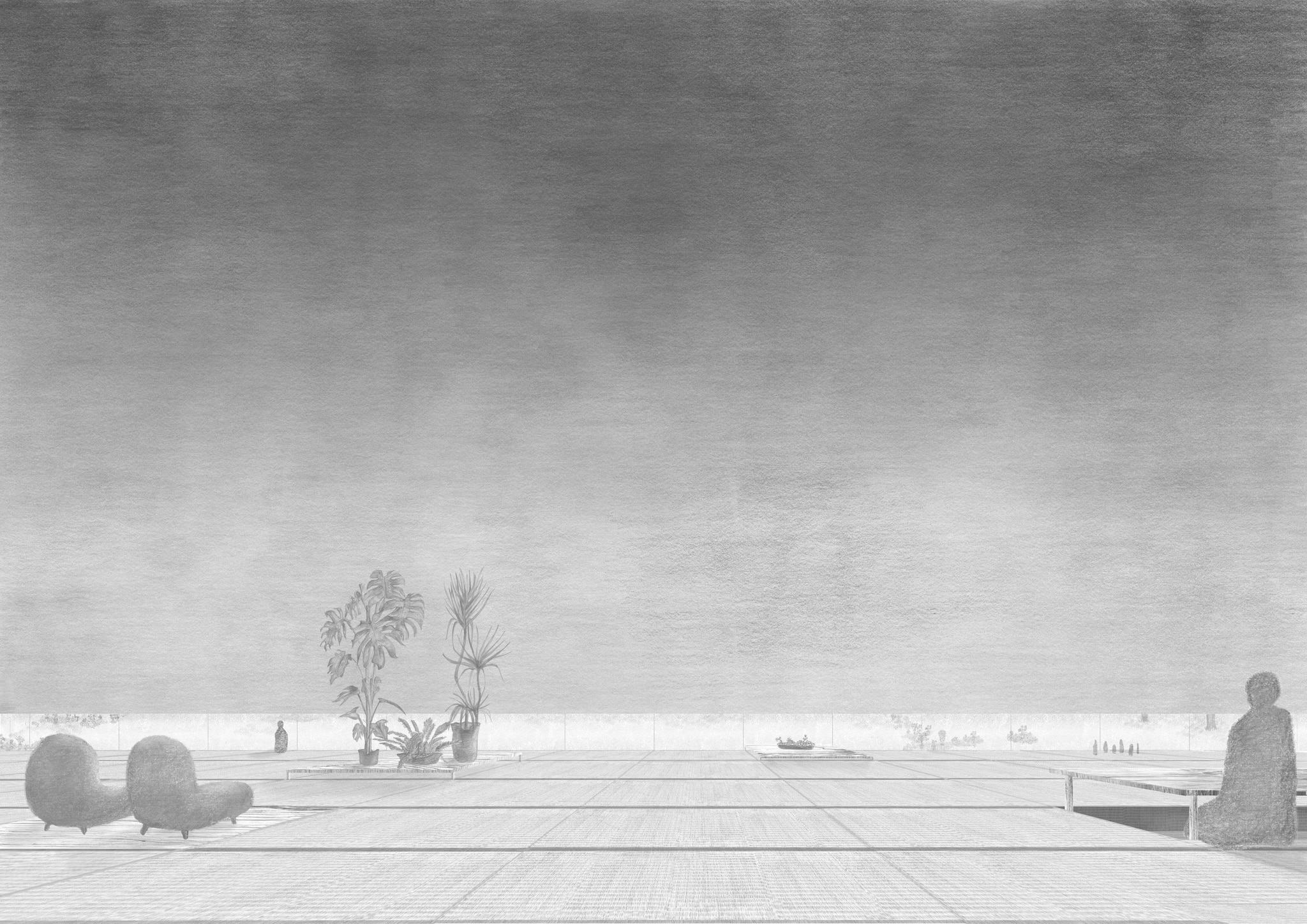
 View gallery
View gallery
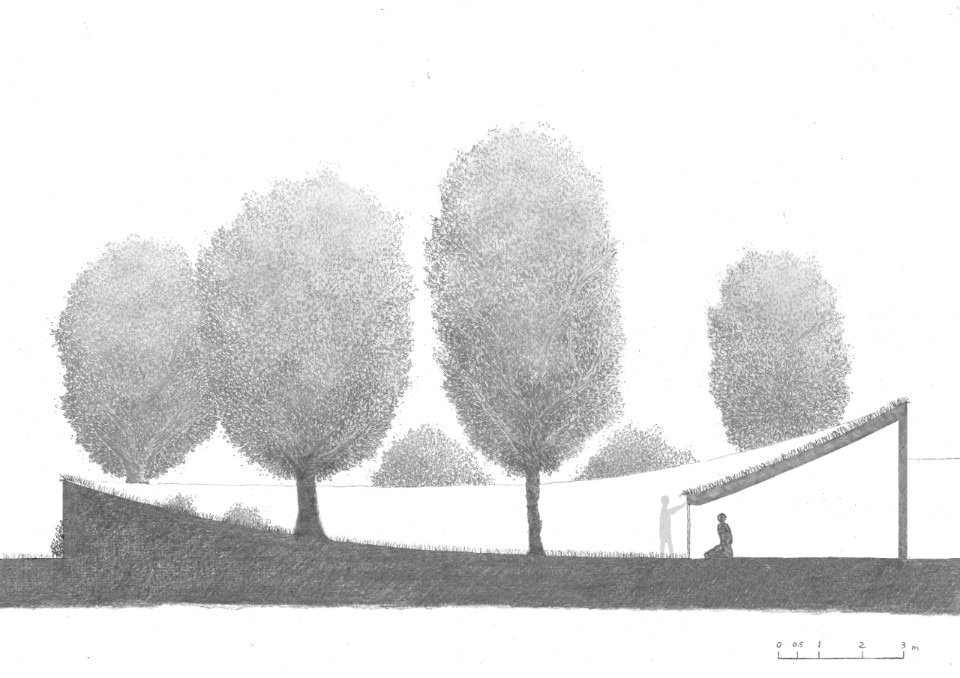
Mother’s house, Japan, 2013-in progress
The site where I have designed the house for my mother was originally occupied by my grandparents’ house. It is also where I grew up during the first few years of my life. The building was part of an old farming village, with a wide expanse of rice fields to the west and a beautiful view of the mountains rising in the distance. My childhood memories of this site are of an intimate south garden surrounded by hedges and a windbreak formed by large trees, and the sense of being drawn into the inner depths of the adjoining, mostly tatami-floored house of my grandparents.
Courtesy Junya.Ishigami+Associates
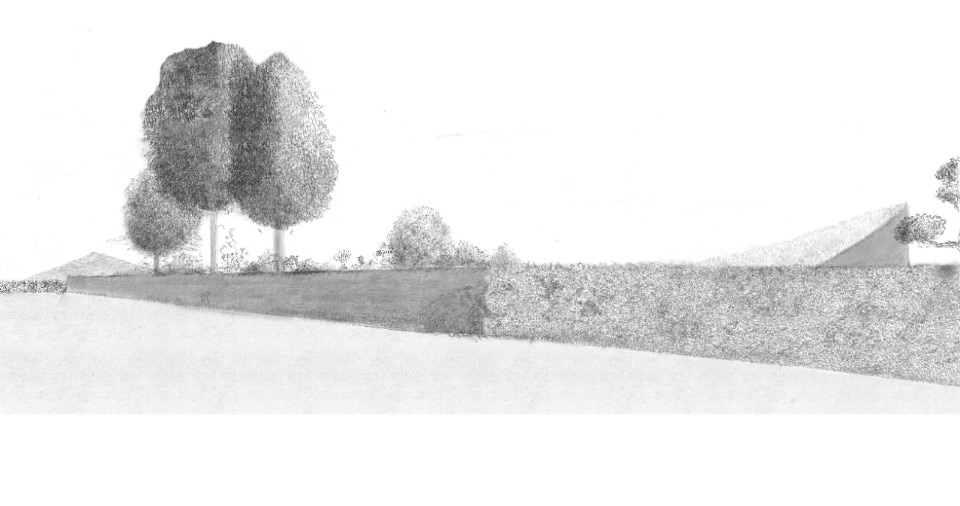
Mother’s house, Japan, 2013-in progress
In recent years, one by one, many of the large plots of land that comprised the village have removed their windbreaks due to the difficulties in carrying out maintenance work for the ageing inhabitants. As a result of inheritance, many plots have been split up into smaller parcels on which small houses have been built. The contrast between the array of private gardens and the uninterrupted openness of the rice fields defined the village’s characteristic atmosphere, which today can no longer be felt.
Courtesy Junya.Ishigami+Associates
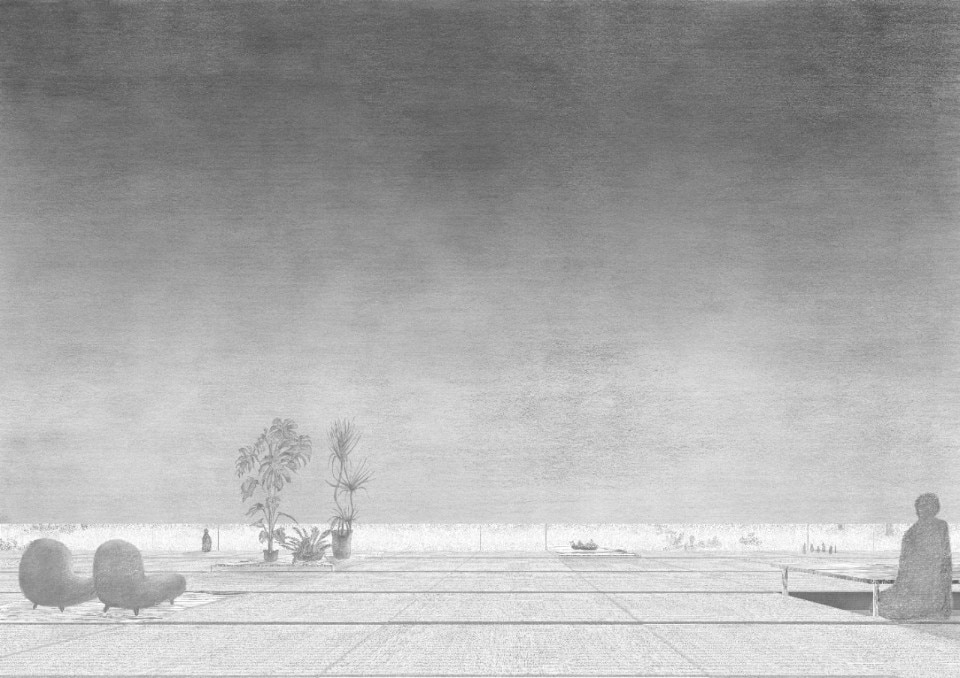
Mother’s house, Japan, 2013-in progress
After my grandparents passed away, this site was left unoccupied and the windbreak was cut down years ago. However, the former plot division has remained intact, only cleared of the building. Drawing on my memories, I am making a house here for my mother on a scale where she can reach everything. Currently nearing completion, it will be a gentle and fitting environment for this site and for my mother’s everyday life. All the living spaces will have a depth of 4.6 metres and overlook the south-facing garden. The shallowness of the interiors means that the garden can be perceived everywhere. The height of the eaves is at 1.3 metres, which is slightly lower than my mother’s height, at a level she can reach with her hands.
Courtesy Junya.Ishigami+Associates
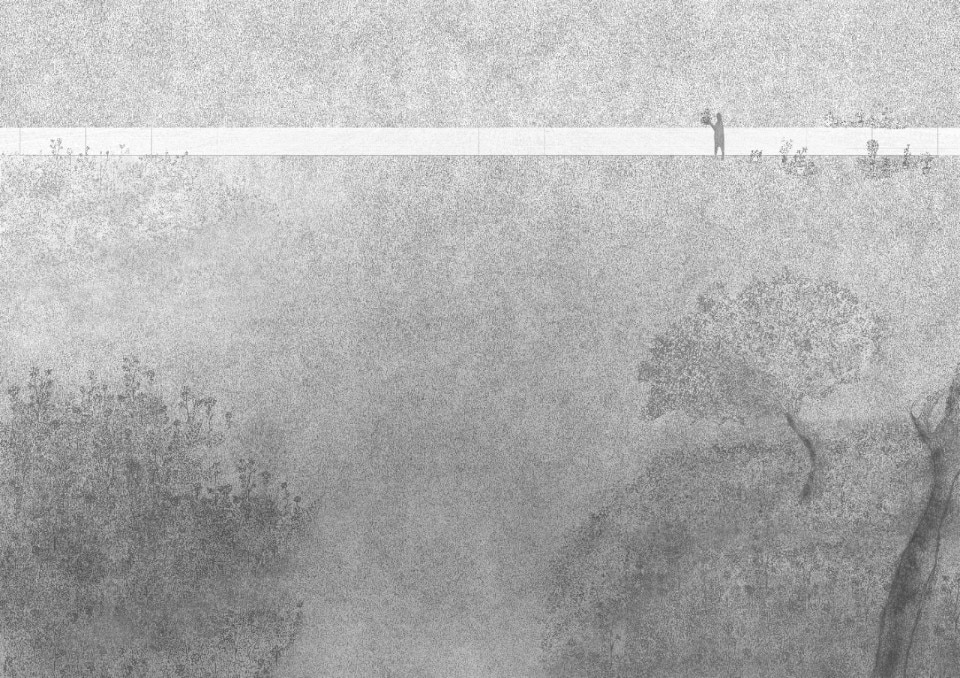
Mother’s house, Japan, 2013-in progress
Extending 32 metres east-west, the low eaves form a gentle pause between the garden and the interior of the house. The shallow interior facing the low, long windows is floored in tatami. From the brightness by the windows to the darker areas at the back, the long and narrow space will give rise to a harmonious coexistence of both light and shade. The wall surrounding the garden is seemingly continuous with the exterior walls of the house. The ground extends continuously from the tatami floor, and the garden parallel to the long eaves forms a gradual slope upwards towards the south, until it reaches the top of the southern wall to form an embankment.
Courtesy Junya.Ishigami+Associates
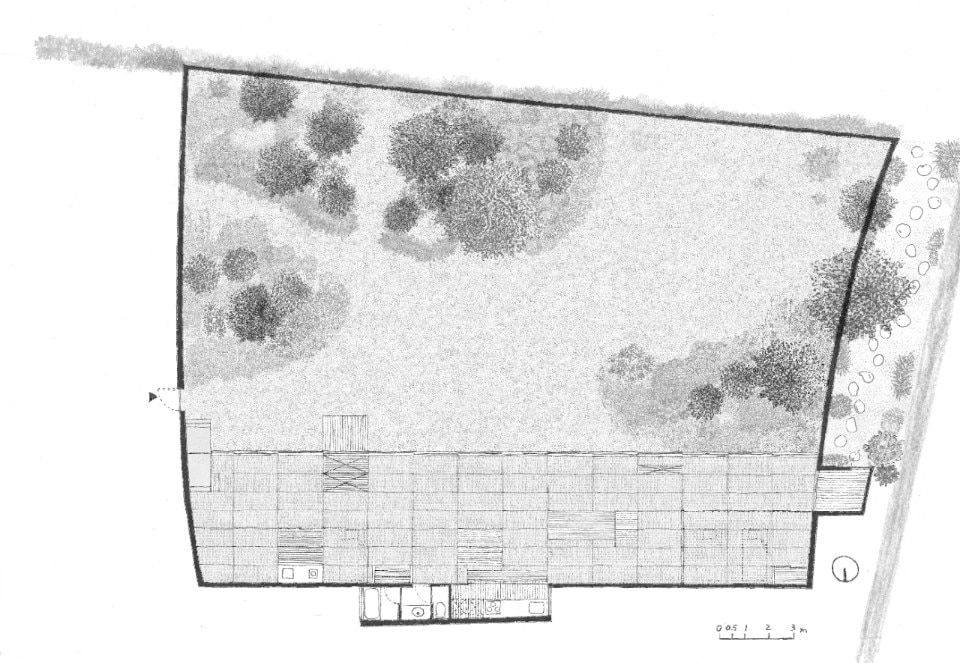
Mother’s house, Japan, 2013-in progress
As my mother likes plants, a variety of vegetation will be arranged in the garden, and with the sloping ground, her everyday life will be surrounded by them. Instead of the large trees forming a windbreak, the plants that correspond to the scale of my mother’s life will begin to encircle the house.
(Junya Ishigami)
Courtesy Junya.Ishigami+Associates

Mother’s house, Japan, 2013-in progress
The site where I have designed the house for my mother was originally occupied by my grandparents’ house. It is also where I grew up during the first few years of my life. The building was part of an old farming village, with a wide expanse of rice fields to the west and a beautiful view of the mountains rising in the distance. My childhood memories of this site are of an intimate south garden surrounded by hedges and a windbreak formed by large trees, and the sense of being drawn into the inner depths of the adjoining, mostly tatami-floored house of my grandparents.
Courtesy Junya.Ishigami+Associates

Mother’s house, Japan, 2013-in progress
In recent years, one by one, many of the large plots of land that comprised the village have removed their windbreaks due to the difficulties in carrying out maintenance work for the ageing inhabitants. As a result of inheritance, many plots have been split up into smaller parcels on which small houses have been built. The contrast between the array of private gardens and the uninterrupted openness of the rice fields defined the village’s characteristic atmosphere, which today can no longer be felt.
Courtesy Junya.Ishigami+Associates

Mother’s house, Japan, 2013-in progress
After my grandparents passed away, this site was left unoccupied and the windbreak was cut down years ago. However, the former plot division has remained intact, only cleared of the building. Drawing on my memories, I am making a house here for my mother on a scale where she can reach everything. Currently nearing completion, it will be a gentle and fitting environment for this site and for my mother’s everyday life. All the living spaces will have a depth of 4.6 metres and overlook the south-facing garden. The shallowness of the interiors means that the garden can be perceived everywhere. The height of the eaves is at 1.3 metres, which is slightly lower than my mother’s height, at a level she can reach with her hands.
Courtesy Junya.Ishigami+Associates

Mother’s house, Japan, 2013-in progress
Extending 32 metres east-west, the low eaves form a gentle pause between the garden and the interior of the house. The shallow interior facing the low, long windows is floored in tatami. From the brightness by the windows to the darker areas at the back, the long and narrow space will give rise to a harmonious coexistence of both light and shade. The wall surrounding the garden is seemingly continuous with the exterior walls of the house. The ground extends continuously from the tatami floor, and the garden parallel to the long eaves forms a gradual slope upwards towards the south, until it reaches the top of the southern wall to form an embankment.
Courtesy Junya.Ishigami+Associates

Mother’s house, Japan, 2013-in progress
As my mother likes plants, a variety of vegetation will be arranged in the garden, and with the sloping ground, her everyday life will be surrounded by them. Instead of the large trees forming a windbreak, the plants that correspond to the scale of my mother’s life will begin to encircle the house.
(Junya Ishigami)
Courtesy Junya.Ishigami+Associates
I met him in person afterwards. Since then, and until his exhibition “Freeing Architecture” at the Fondation Cartier pour l’art contemporain in 2018, we have always remained in contact, seeing each other once a year, sharing ideas and imagining projects together.
For I knew from our very first encounter that we would do something together one day. It was like a self-evident fact. I would not particularly focus on a theoretical approach of Ishigami’s work. It was more like an inexpressible intuition, which was also nourished by his books. They offer a dive into his inner poetic mind. In his books, all his drawings are like enchanting little worlds, incorporating elements of nature, such as forests and clouds, into his architectural projects.
Noël House and Restaurant
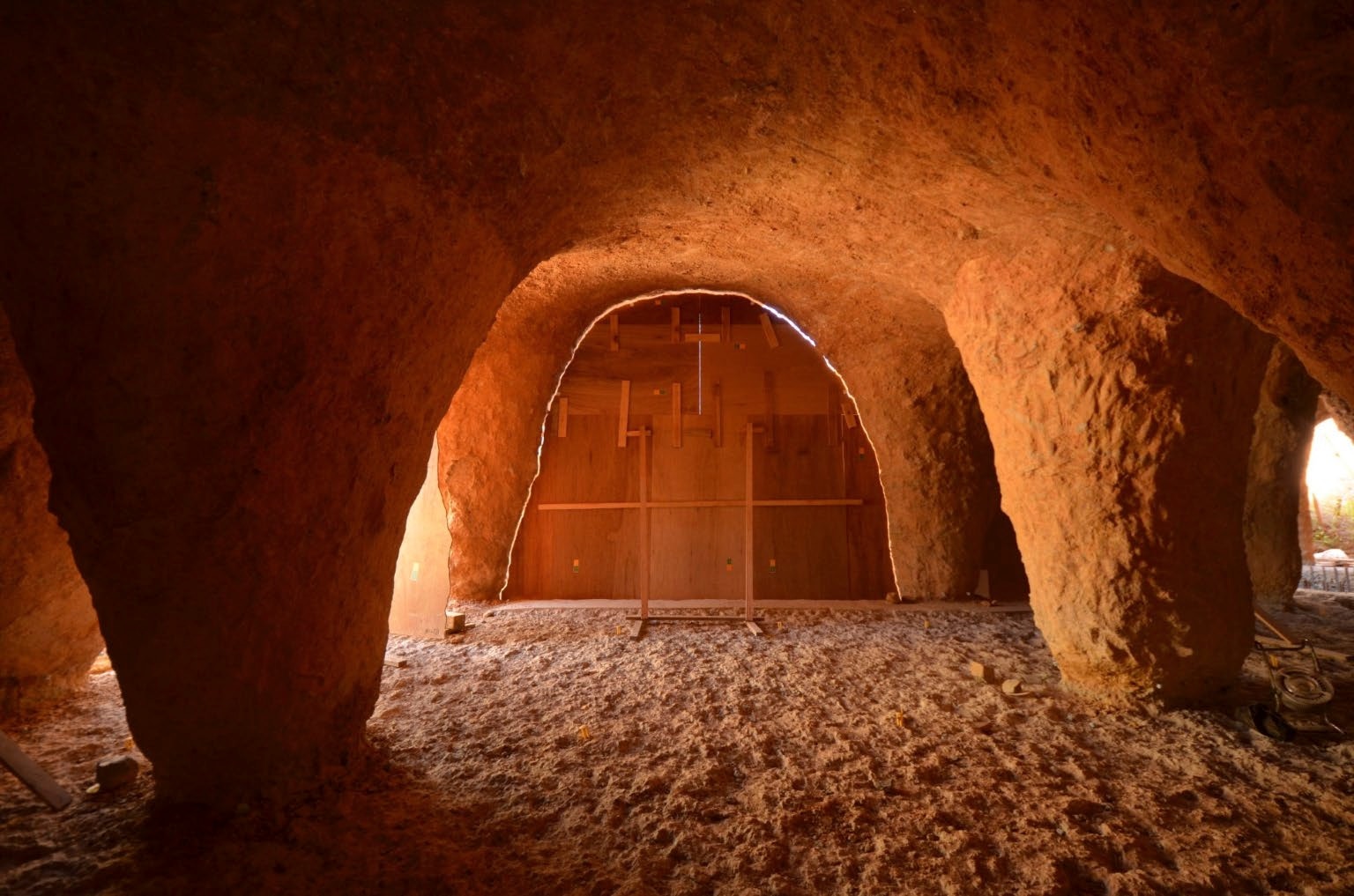
 View gallery
View gallery
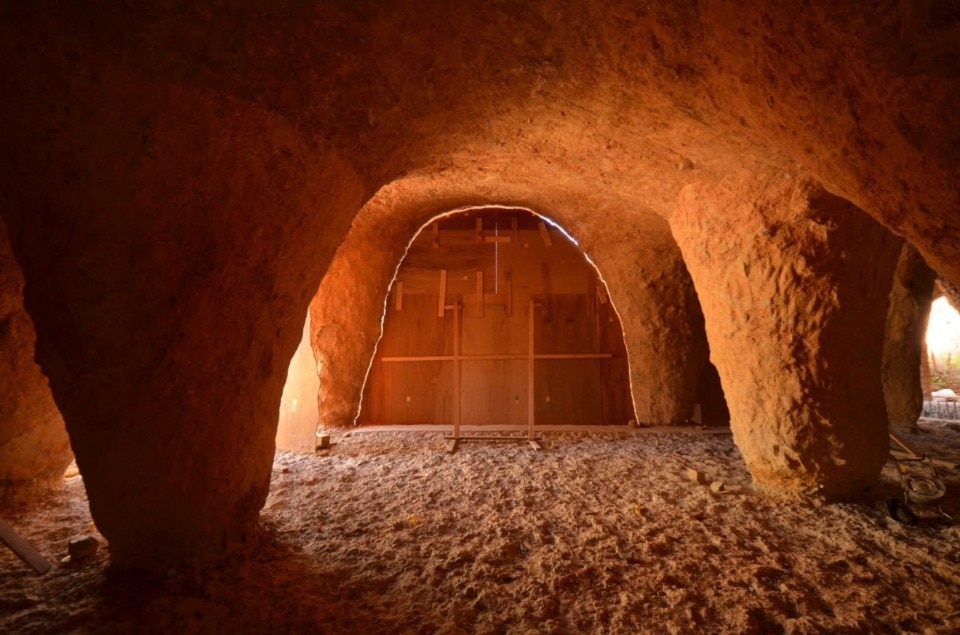
Noël House and Restaurant, Yamaguchi, Japan, 2013-in progress
My first project was called Table for a Restaurant, a 50-square-metre interior in Yamaguchi Prefecture. The client was the owner of a French-Italian restaurant who requested a space in his hometown that would be “suitable for a new contemporary cuisine”. Back then we were both in our 20s. Just as he was pursuing something new with his small restaurant, I wanted to pursue something new in architecture. Although it was only an interior design project, I wanted to think about it as a piece of architecture. In the small existing space, I arranged five thin rectangular tables made of lightweight steel. The rest of the interior was finished as plainly as possible. Upon completion of the work, the owner said to me, “If I ever open another restaurant, I’ll be calling on you to design it.”
Courtesy Junya.Ishigami+Associates
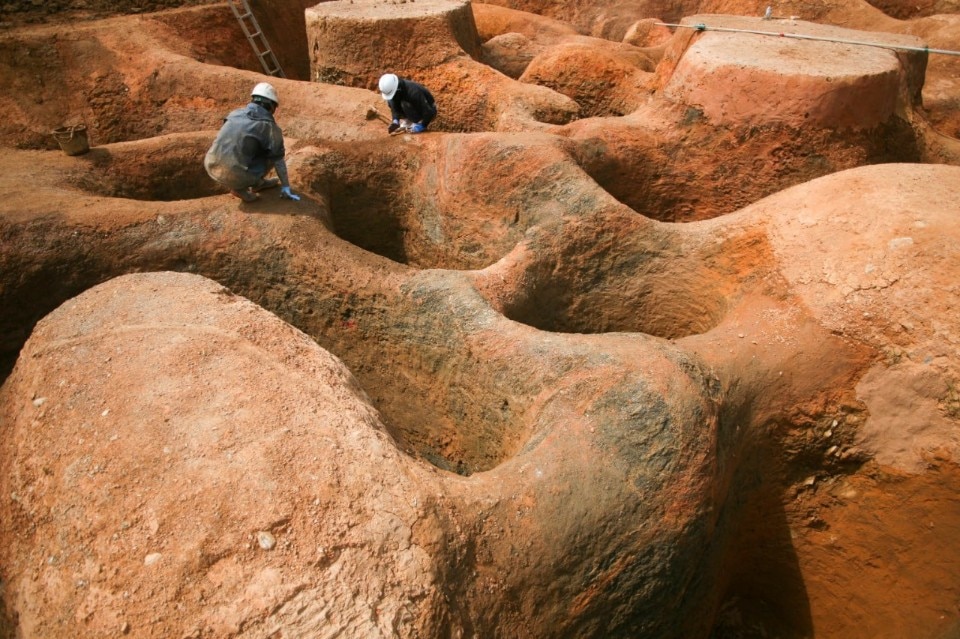
Noël House and Restaurant, Yamaguchi, Japan, 2013-in progress
A few years ago, as promised he invited me to design his new restaurant that also included his residence. The site was near the first restaurant, located in a pleasant context on higher ground adjacent to fields and a copse extending beyond. The area of about 1,000 square metres was spacious enough to create several parking spaces. Even though I hadn’t seen him for a long time, he looked much the same, except for his greying hair and the fact that he now had a family. By that time he had also shifted his focus to authentic French cuisine. He explained how much care he takes in the selection of ingredients and wines, revealing how seriously he takes his work.
Courtesy Junya.Ishigami+Associates
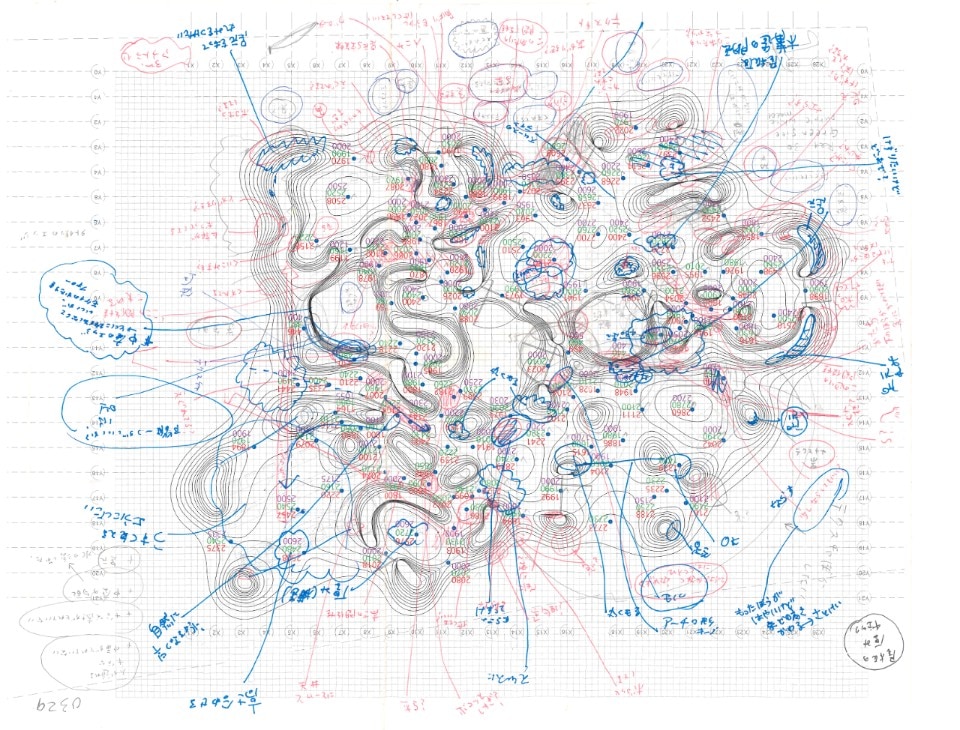
Noël House and Restaurant, Yamaguchi, Japan, 2013-in progress
Among his few requests, he emphasised his wish for an “architecture that feels as heavy as possible, and that acquires a patina over time, something that embraces the roughness of nature. Authentic cuisine requires a space like that.” I then sensed there had been a significant change in his mindset: eating in an old wooden izakaya certainly lends more charm and depth to the food compared to eating in a new commercial building.
Courtesy Junya.Ishigami+Associates
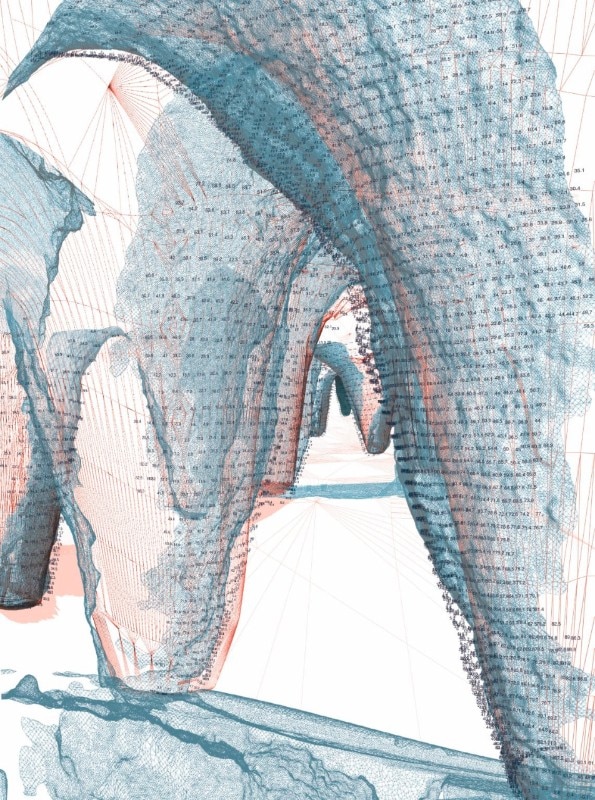
Noël House and Restaurant, Yamaguchi, Japan, 2013-in progress
In addition, he aspired to have space to cook more freely, and for people to eat more freely. He not only wanted to be able to serve food to his visiting acquaintances in the restaurant, but also in his living room, and sometimes even have them stay overnight.
Courtesy Junya.Ishigami+Associates
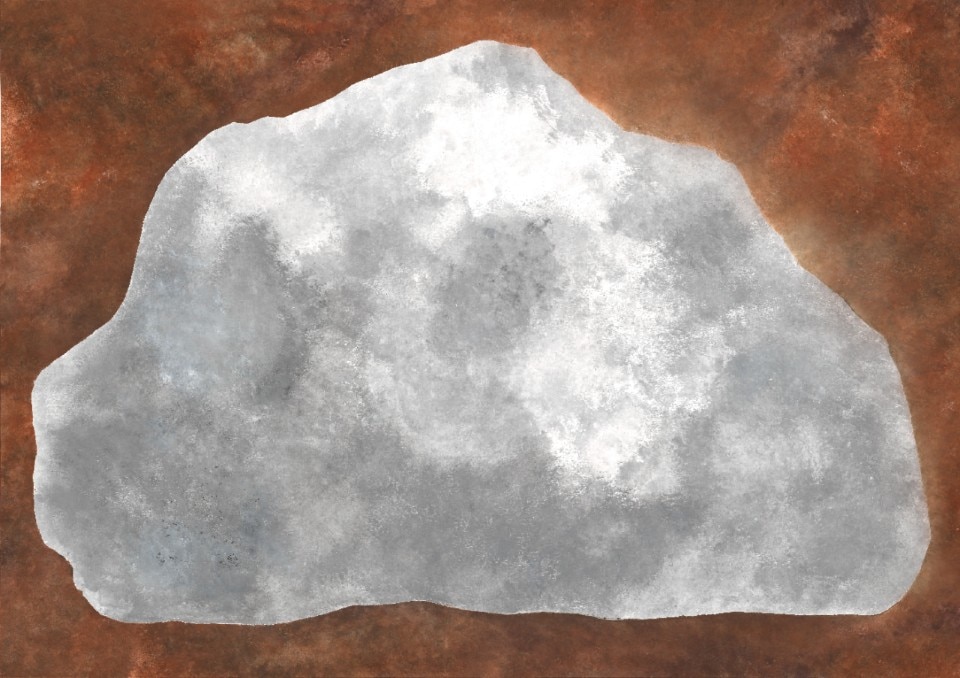
Noël House and Restaurant, Yamaguchi, Japan, 2013-in progress
As a result, I had to think about how to conceive a house starting from elements of uncertainty. Not only should its charm increase over time, but the degradation and stains that accumulate over time should also be included in the design. here should be no clear boundary between the two functions, with the liveliness of the restaurant and everyday domestic life flowing into a space that felt as heavy as a cave. To transpose this demand into a building, I returned to the fundamentals of the construction process.
Courtesy Junya.Ishigami+Associates
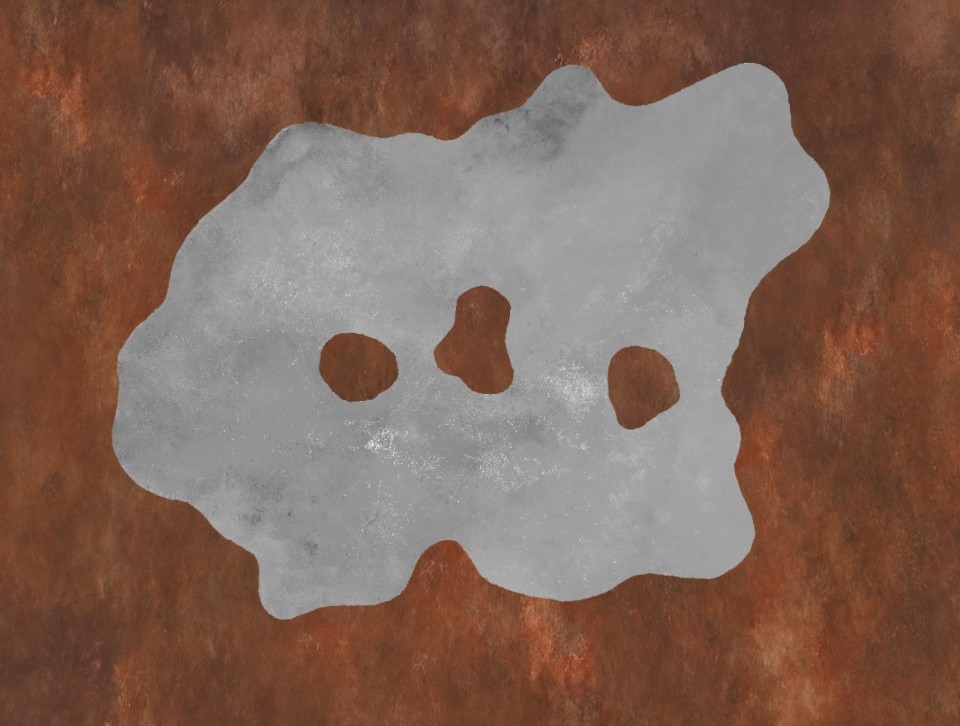
Noël House and Restaurant, Yamaguchi, Japan, 2013-in progress
Generally, a building site involves numerous trades, which makes it necessary to organise every component and bring everything together harmoniously. On this occasion I decided to do the opposite, by giving a few artisans the image of what I had in mind. Thanks to their expert skills, I was sure I would be able to incorporate the unanticipated discrepancies on site. The forms of the volumes were defined by numerous study models of the client’s lifestyle.
Courtesy Junya.Ishigami+Associates
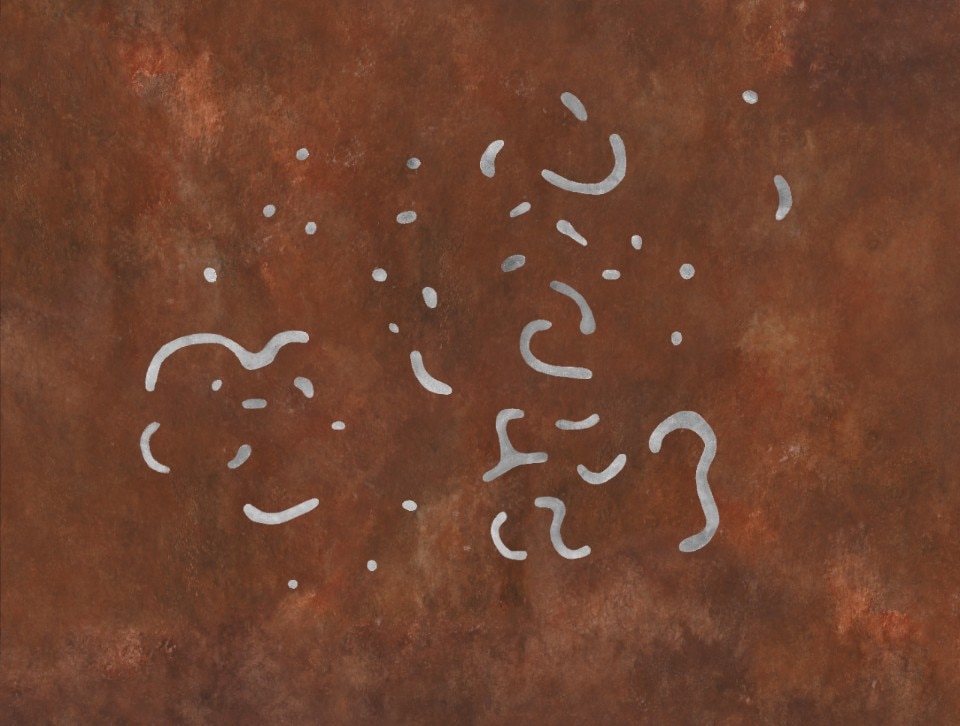
Noël House and Restaurant, Yamaguchi, Japan, 2013-in progress
The final model was then scanned and turned into 3D coordinate data, which was subsequently input into a total station (an optical surveying instrument), and the artisans dug the holes by hand, checking the positions on site via an iPad. In this phase, the ground revealed different colours and grains – red, green and grey soil, and strata with gravel or rocks. Grass began to grow in some spots and a few small subsidences occurred, just as would happen in a natural landscape.
Courtesy Junya.Ishigami+Associates
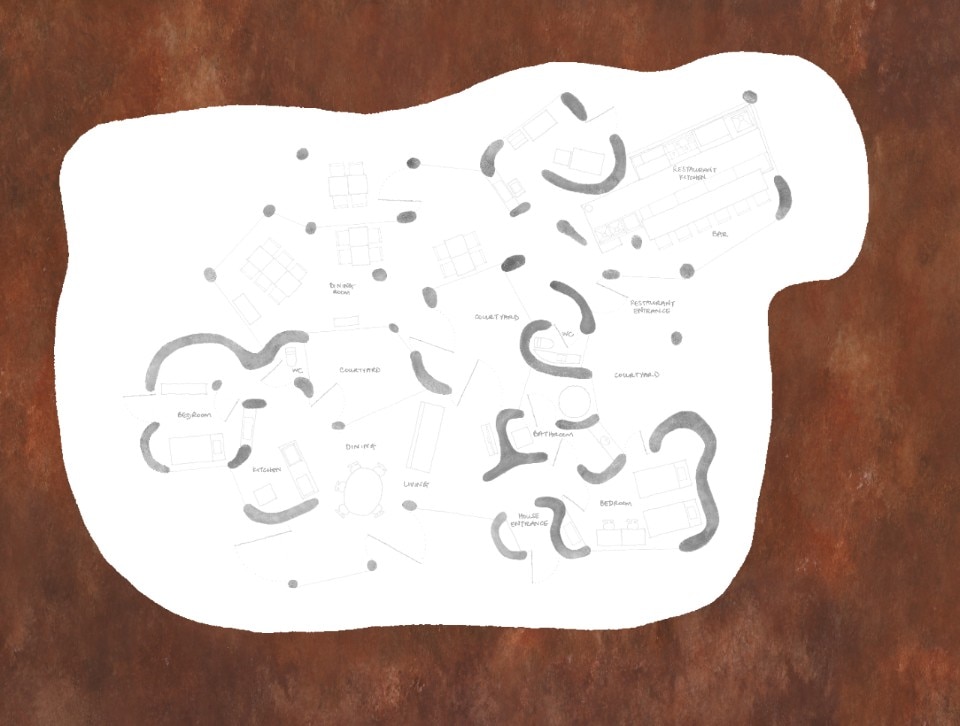
Noël House and Restaurant, Yamaguchi, Japan, 2013-in progress
These occurrences are imprinted onto the concrete. Once all of the holes had been dug out and connected, the concrete was poured using the excavations as a mould. From now until the summer, we will be excavating the soil away from the hardened structure and the windows will be glazed to define the interiors. The spirit of this concrete is something other than architecture, but soon that is precisely what it will become.
(Junya Ishigami)
Courtesy Junya.Ishigami+Associates

Noël House and Restaurant, Yamaguchi, Japan, 2013-in progress
My first project was called Table for a Restaurant, a 50-square-metre interior in Yamaguchi Prefecture. The client was the owner of a French-Italian restaurant who requested a space in his hometown that would be “suitable for a new contemporary cuisine”. Back then we were both in our 20s. Just as he was pursuing something new with his small restaurant, I wanted to pursue something new in architecture. Although it was only an interior design project, I wanted to think about it as a piece of architecture. In the small existing space, I arranged five thin rectangular tables made of lightweight steel. The rest of the interior was finished as plainly as possible. Upon completion of the work, the owner said to me, “If I ever open another restaurant, I’ll be calling on you to design it.”
Courtesy Junya.Ishigami+Associates

Noël House and Restaurant, Yamaguchi, Japan, 2013-in progress
A few years ago, as promised he invited me to design his new restaurant that also included his residence. The site was near the first restaurant, located in a pleasant context on higher ground adjacent to fields and a copse extending beyond. The area of about 1,000 square metres was spacious enough to create several parking spaces. Even though I hadn’t seen him for a long time, he looked much the same, except for his greying hair and the fact that he now had a family. By that time he had also shifted his focus to authentic French cuisine. He explained how much care he takes in the selection of ingredients and wines, revealing how seriously he takes his work.
Courtesy Junya.Ishigami+Associates

Noël House and Restaurant, Yamaguchi, Japan, 2013-in progress
Among his few requests, he emphasised his wish for an “architecture that feels as heavy as possible, and that acquires a patina over time, something that embraces the roughness of nature. Authentic cuisine requires a space like that.” I then sensed there had been a significant change in his mindset: eating in an old wooden izakaya certainly lends more charm and depth to the food compared to eating in a new commercial building.
Courtesy Junya.Ishigami+Associates

Noël House and Restaurant, Yamaguchi, Japan, 2013-in progress
In addition, he aspired to have space to cook more freely, and for people to eat more freely. He not only wanted to be able to serve food to his visiting acquaintances in the restaurant, but also in his living room, and sometimes even have them stay overnight.
Courtesy Junya.Ishigami+Associates

Noël House and Restaurant, Yamaguchi, Japan, 2013-in progress
As a result, I had to think about how to conceive a house starting from elements of uncertainty. Not only should its charm increase over time, but the degradation and stains that accumulate over time should also be included in the design. here should be no clear boundary between the two functions, with the liveliness of the restaurant and everyday domestic life flowing into a space that felt as heavy as a cave. To transpose this demand into a building, I returned to the fundamentals of the construction process.
Courtesy Junya.Ishigami+Associates

Noël House and Restaurant, Yamaguchi, Japan, 2013-in progress
Generally, a building site involves numerous trades, which makes it necessary to organise every component and bring everything together harmoniously. On this occasion I decided to do the opposite, by giving a few artisans the image of what I had in mind. Thanks to their expert skills, I was sure I would be able to incorporate the unanticipated discrepancies on site. The forms of the volumes were defined by numerous study models of the client’s lifestyle.
Courtesy Junya.Ishigami+Associates

Noël House and Restaurant, Yamaguchi, Japan, 2013-in progress
The final model was then scanned and turned into 3D coordinate data, which was subsequently input into a total station (an optical surveying instrument), and the artisans dug the holes by hand, checking the positions on site via an iPad. In this phase, the ground revealed different colours and grains – red, green and grey soil, and strata with gravel or rocks. Grass began to grow in some spots and a few small subsidences occurred, just as would happen in a natural landscape.
Courtesy Junya.Ishigami+Associates

Noël House and Restaurant, Yamaguchi, Japan, 2013-in progress
These occurrences are imprinted onto the concrete. Once all of the holes had been dug out and connected, the concrete was poured using the excavations as a mould. From now until the summer, we will be excavating the soil away from the hardened structure and the windows will be glazed to define the interiors. The spirit of this concrete is something other than architecture, but soon that is precisely what it will become.
(Junya Ishigami)
Courtesy Junya.Ishigami+Associates
As a matter of fact, I had a wonderful experience of his drawings when I went to Venice for the Biennale of Architecture in 2008. Ishigami had imagined the Japanese Pavilion with drawings pencilled directly on the walls, which I found quite inspired and daring.
While architectural exhibitions may have a demonstrative form, Ishigami’s approach seems to elude any kind of ideological rhetoric. For the Biennale, he displayed all his imagery on the walls, in a way that was freed from materiality. It was simply beautiful. Delicate and elaborate at the same time, the drawings illustrated Ishigami’s vision – they mirrored his way of thinking about architecture.
Cultural Centre
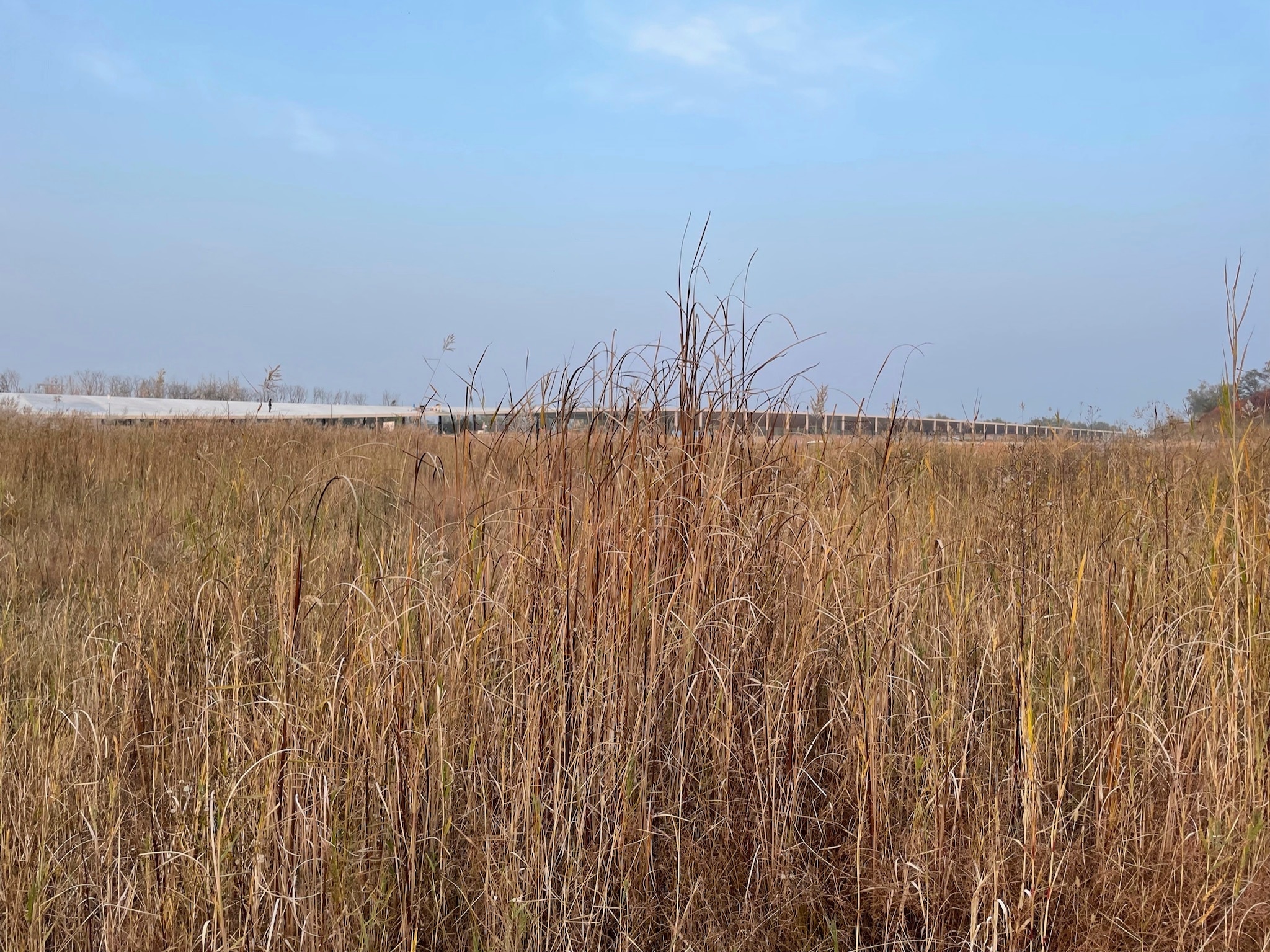
 View gallery
View gallery
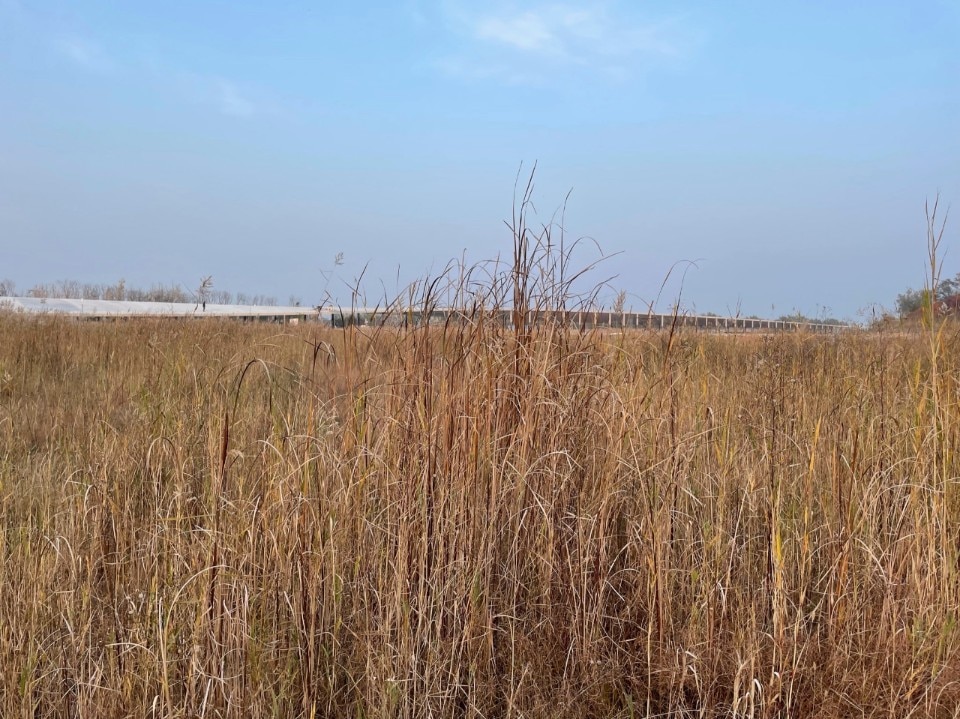
Cultural Centre, Bailuwan, Shandong, China, 2016-in progress
Like a one-kilometre-long walkway in the middle of the water, a narrow belt, albeit variable in width, crosses a lake from side to side in the Chinese wetlands of Bailuwan.
Courtesy Junya.Ishigami+Associates
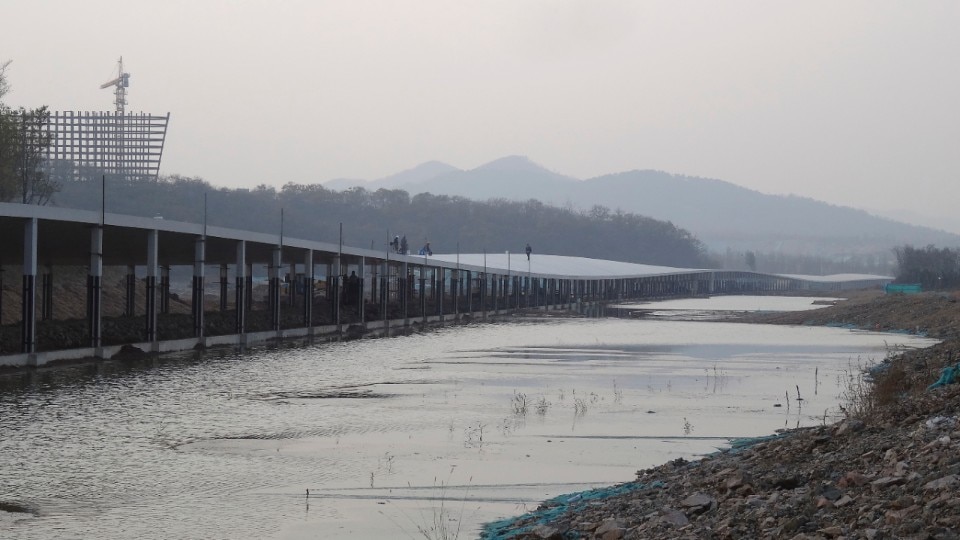
Cultural Centre, Bailuwan, Shandong, China, 2016-in progress
The water penetrates the building under the glass partitions that serve as exterior walls, creating interior strands like a thin beach that continues into the distance. Visitors are invited to follow this covered path bordered by two shores, which varies in width from 5 to 20 metres. An entrance can be found at either end of the building, which visitors can traverse in full, discovering over the course of their stroll a variety of areas designed as a visitor centre, shops, relaxation spaces and dining facilities, among others.
Courtesy Junya.Ishigami+Associates
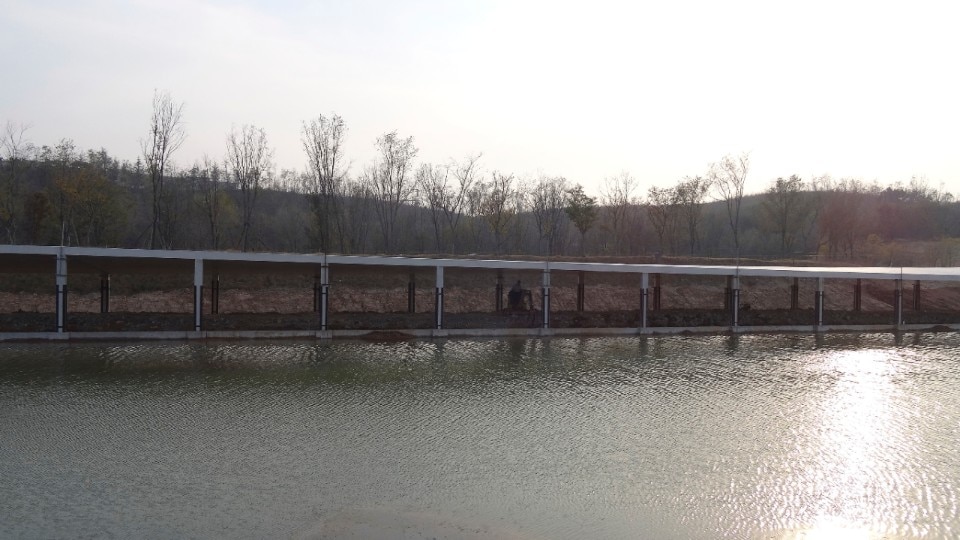
Cultural Centre, Bailuwan, Shandong, China, 2016-in progress
The building’s sinuosity, the transparency of the lateral walls and the continual presence of water all lead to the creation of a new landscape, where built and natural elements merge and become one.
Courtesy Junya.Ishigami+Associates
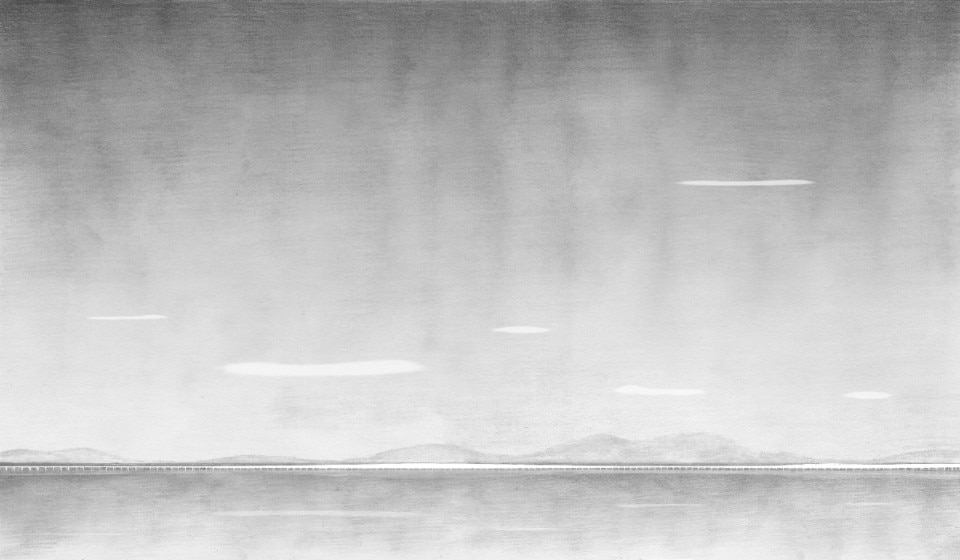
Cultural Centre, Bailuwan, Shandong, China, 2016-in progress
Courtesy Junya.Ishigami+Associates
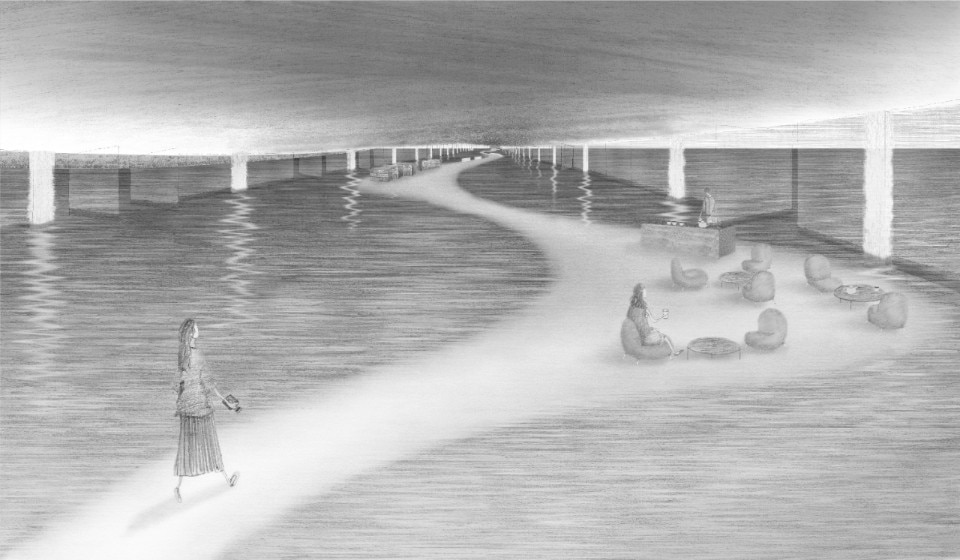
Cultural Centre, Bailuwan, Shandong, China, 2016-in progress
Courtesy Junya.Ishigami+Associates
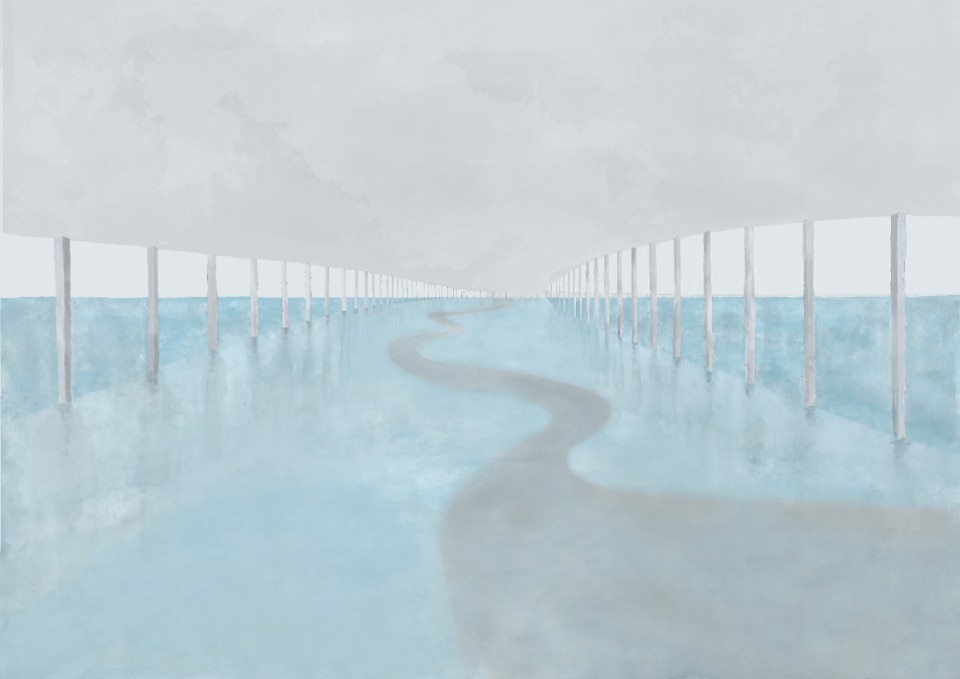
Cultural Centre, Bailuwan, Shandong, China, 2016-in progress
Courtesy Junya.Ishigami+Associates
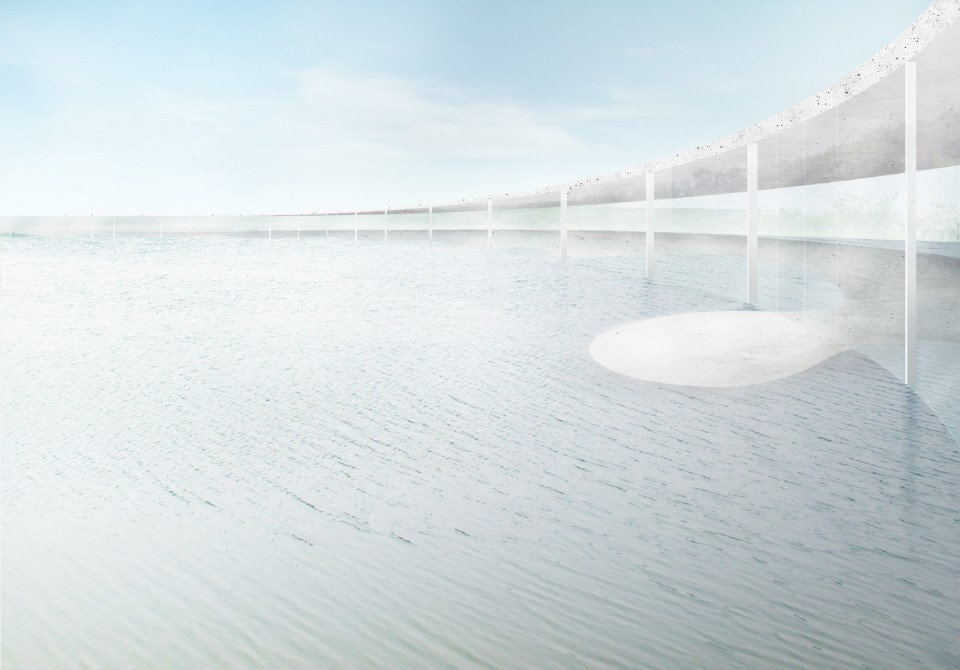
Cultural Centre, Bailuwan, Shandong, China, 2016-in progress
Courtesy Junya.Ishigami+Associates

Cultural Centre, Bailuwan, Shandong, China, 2016-in progress
Like a one-kilometre-long walkway in the middle of the water, a narrow belt, albeit variable in width, crosses a lake from side to side in the Chinese wetlands of Bailuwan.
Courtesy Junya.Ishigami+Associates

Cultural Centre, Bailuwan, Shandong, China, 2016-in progress
The water penetrates the building under the glass partitions that serve as exterior walls, creating interior strands like a thin beach that continues into the distance. Visitors are invited to follow this covered path bordered by two shores, which varies in width from 5 to 20 metres. An entrance can be found at either end of the building, which visitors can traverse in full, discovering over the course of their stroll a variety of areas designed as a visitor centre, shops, relaxation spaces and dining facilities, among others.
Courtesy Junya.Ishigami+Associates

Cultural Centre, Bailuwan, Shandong, China, 2016-in progress
The building’s sinuosity, the transparency of the lateral walls and the continual presence of water all lead to the creation of a new landscape, where built and natural elements merge and become one.
Courtesy Junya.Ishigami+Associates

Cultural Centre, Bailuwan, Shandong, China, 2016-in progress
Courtesy Junya.Ishigami+Associates

Cultural Centre, Bailuwan, Shandong, China, 2016-in progress
Courtesy Junya.Ishigami+Associates

Cultural Centre, Bailuwan, Shandong, China, 2016-in progress
Courtesy Junya.Ishigami+Associates

Cultural Centre, Bailuwan, Shandong, China, 2016-in progress
Courtesy Junya.Ishigami+Associates
I also remember his exhibition at the Shiseido Gallery in 2010 titled “How Small? How Vast? How Architecture Grows”, which confirmed my feeling that he would eventually imagine some project for the Fondation Cartier. Indeed, several times we had discussed working together on some project, but nothing came to reality. In 2009 I invited him to design the exhibition of the Fondation Cartier Collection at the Grand Palais in Paris.
It was an ambitious project and Ishigami had put together a great amount of work to conceive a spectacular scenography in the sumptuous space of the Grand Palais. Gigantic brick walls at the height of the Grand Palais’s nave were to be displayed in different layers. To move from one room to the next, the visitor would have to pass through a tiny door. There was something fabulous about these cosmic walls transforming the ceiling of the nave into a celestial vault.
Chapel of the Valley

 View gallery
View gallery
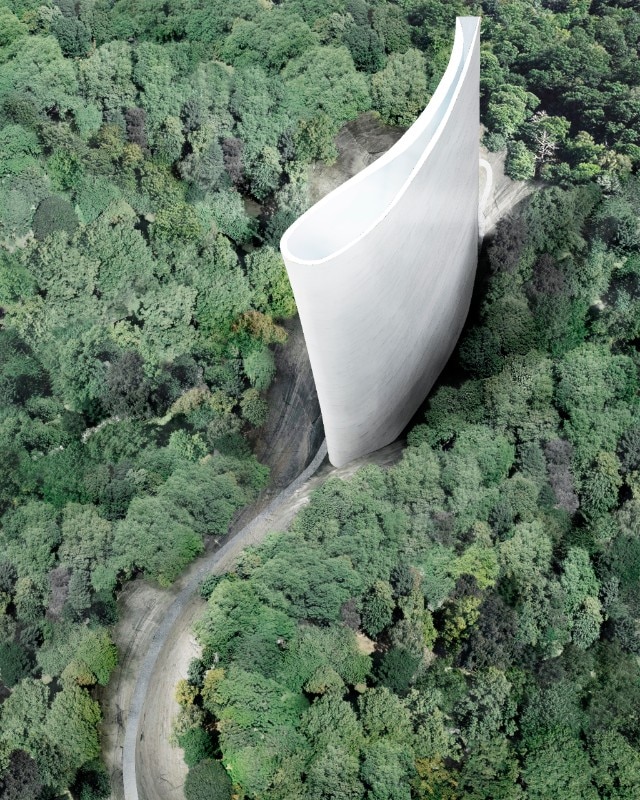
Chapel of the Valley, Bailuwan, Shandong, China, 2016-in progress
The Chapel of the Valley is an ecumenical chapel located at the bottom of a small valley in Shandong, China. The project takes advantage of the terrain’s natural ruggedness. Accentuating the depth of the crevices by approximately 20 metres, the chapel seems to surge from the ground.
Courtesy Junya.Ishigami+Associates
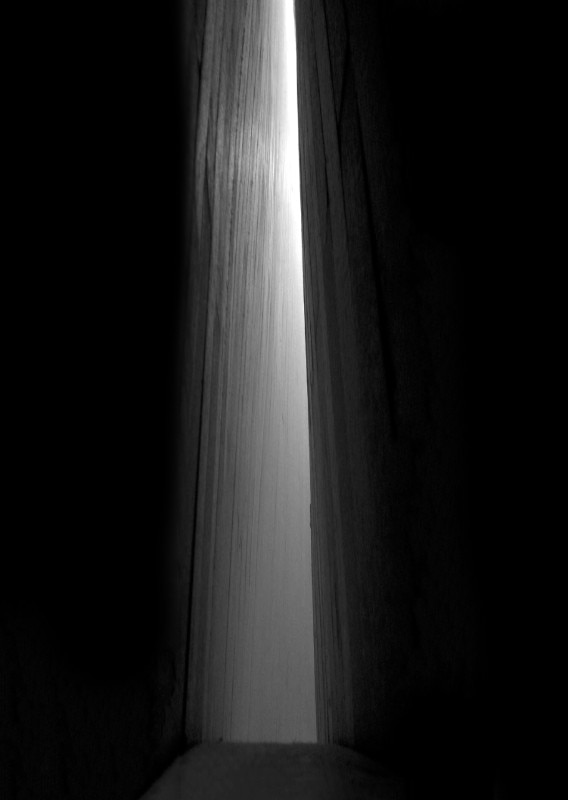
Chapel of the Valley, Bailuwan, Shandong, China, 2016-in progress
The building rises to a height of 45 metres with a width of 1.3 metres at its narrowest part. The chapel consists of two closely spaced reinforced concrete curving walls, varying from 22 to 180 centimetres in thickness. The walls, which run alongside each other to form a narrow entrance, gradually move further apart and then merge to enclose the altar space. Because the space gets wider as one advances through the building, the entrance is plunged into darkness while the altar receives sunlight.
Courtesy Junya.Ishigami+Associates

Chapel of the Valley, Bailuwan, Shandong, China, 2016-in progress
This spatial sequence creates the impression of light coming from the depth of the building. The new chapel space is created as a continuation of the valley’s particular proportions, though its monumental scale radically exceeds that of the existing landscape. A new valley is created, open to the wind and rain.
Courtesy Junya.Ishigami+Associates
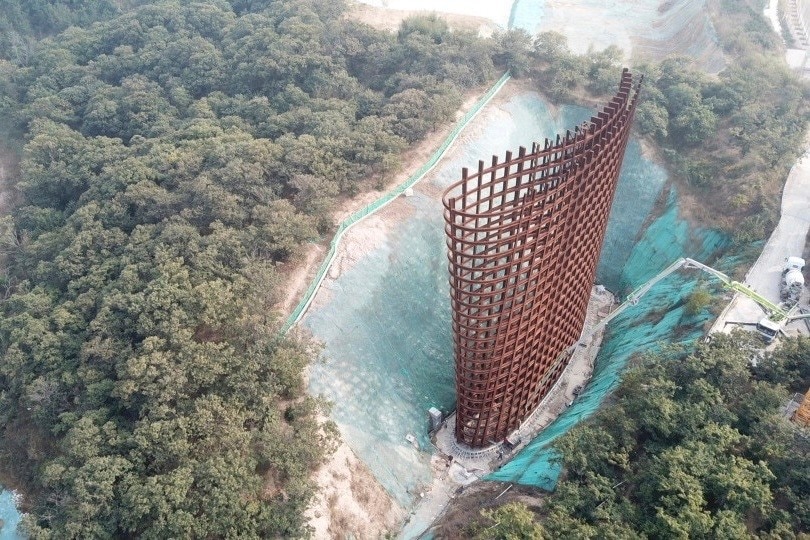
Chapel of the Valley, Bailuwan, Shandong, China, 2016-in progress
Courtesy Junya.Ishigami+Associates
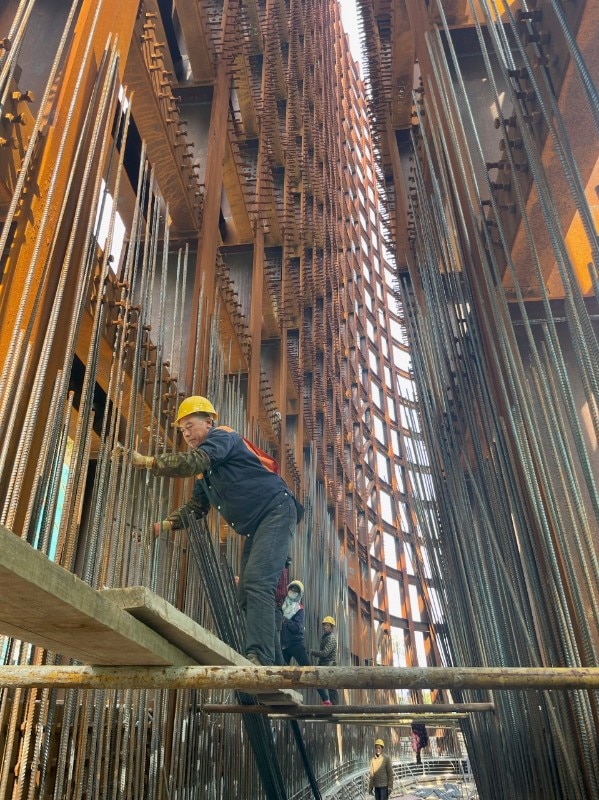
Chapel of the Valley, Bailuwan, Shandong, China, 2016-in progress
Courtesy Junya.Ishigami+Associates

Chapel of the Valley, Bailuwan, Shandong, China, 2016-in progress
The Chapel of the Valley is an ecumenical chapel located at the bottom of a small valley in Shandong, China. The project takes advantage of the terrain’s natural ruggedness. Accentuating the depth of the crevices by approximately 20 metres, the chapel seems to surge from the ground.
Courtesy Junya.Ishigami+Associates

Chapel of the Valley, Bailuwan, Shandong, China, 2016-in progress
The building rises to a height of 45 metres with a width of 1.3 metres at its narrowest part. The chapel consists of two closely spaced reinforced concrete curving walls, varying from 22 to 180 centimetres in thickness. The walls, which run alongside each other to form a narrow entrance, gradually move further apart and then merge to enclose the altar space. Because the space gets wider as one advances through the building, the entrance is plunged into darkness while the altar receives sunlight.
Courtesy Junya.Ishigami+Associates

Chapel of the Valley, Bailuwan, Shandong, China, 2016-in progress
This spatial sequence creates the impression of light coming from the depth of the building. The new chapel space is created as a continuation of the valley’s particular proportions, though its monumental scale radically exceeds that of the existing landscape. A new valley is created, open to the wind and rain.
Courtesy Junya.Ishigami+Associates

Chapel of the Valley, Bailuwan, Shandong, China, 2016-in progress
Courtesy Junya.Ishigami+Associates

Chapel of the Valley, Bailuwan, Shandong, China, 2016-in progress
Courtesy Junya.Ishigami+Associates
In the end the exhibition never happened, but along the way Ishigami revealed this aspect of his personality that I cherish: a sharp sense of humour that perfectly matches his openness in his creative process. He pursues a sort of inspirational quest for each project, which always provokes something powerful when it takes shape.
When I mentioned to him the idea of an exhibition at the Fondation Cartier, in the iconic building of Jean Nouvel, I realised that I was not only approaching him as an artistic director, but also as a messenger of the foundation’s building, a facilitator of an encounter between the building and the architect. Ishigami is a great admirer of Nouvel, and the Fondation Cartier is one of his favourite buildings. This coincidence, combined with a tremendous collaborative effort, resulted in an exhibition that engaged all kinds of audiences.
Kindergarten Forest
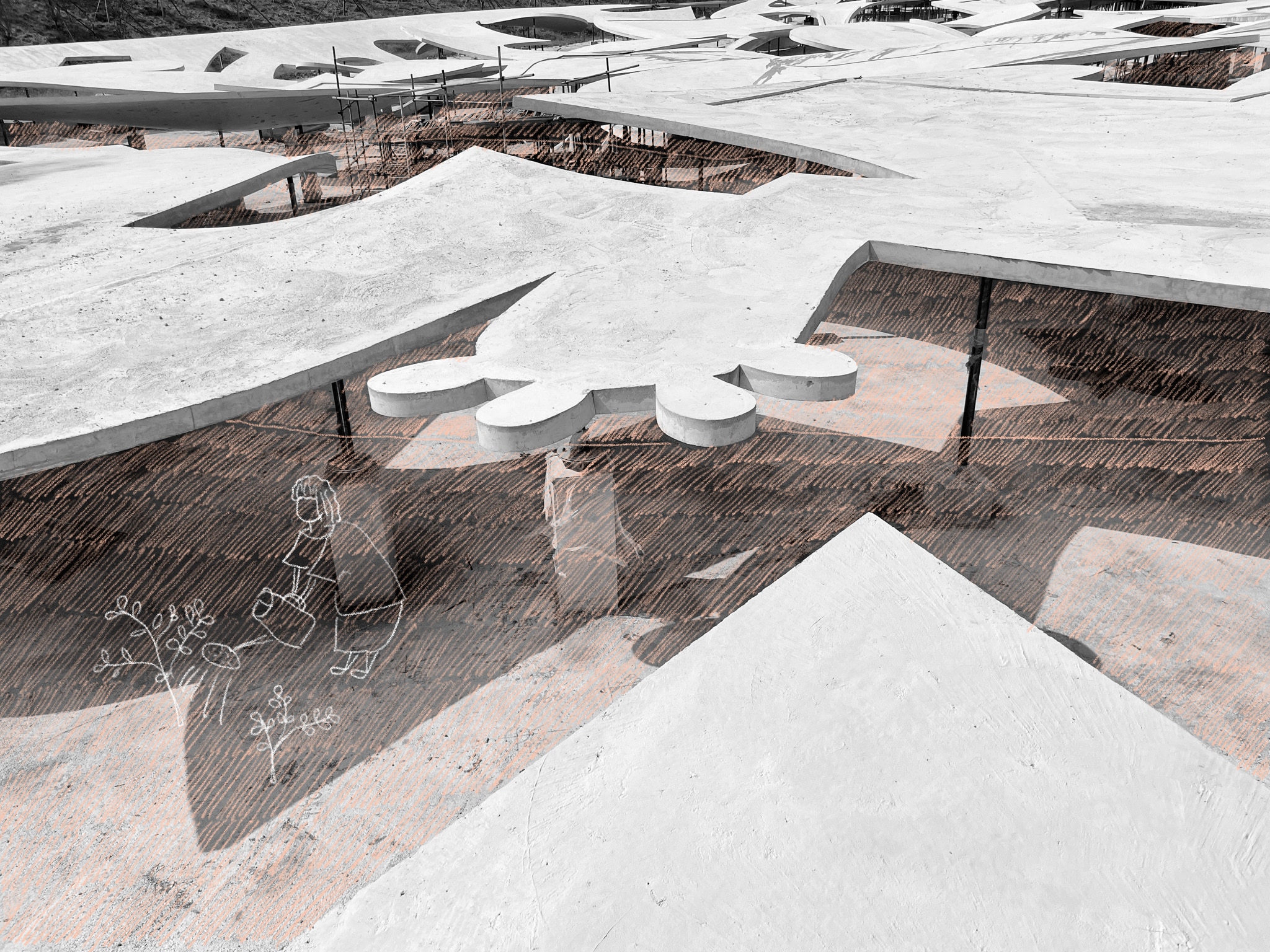
 View gallery
View gallery
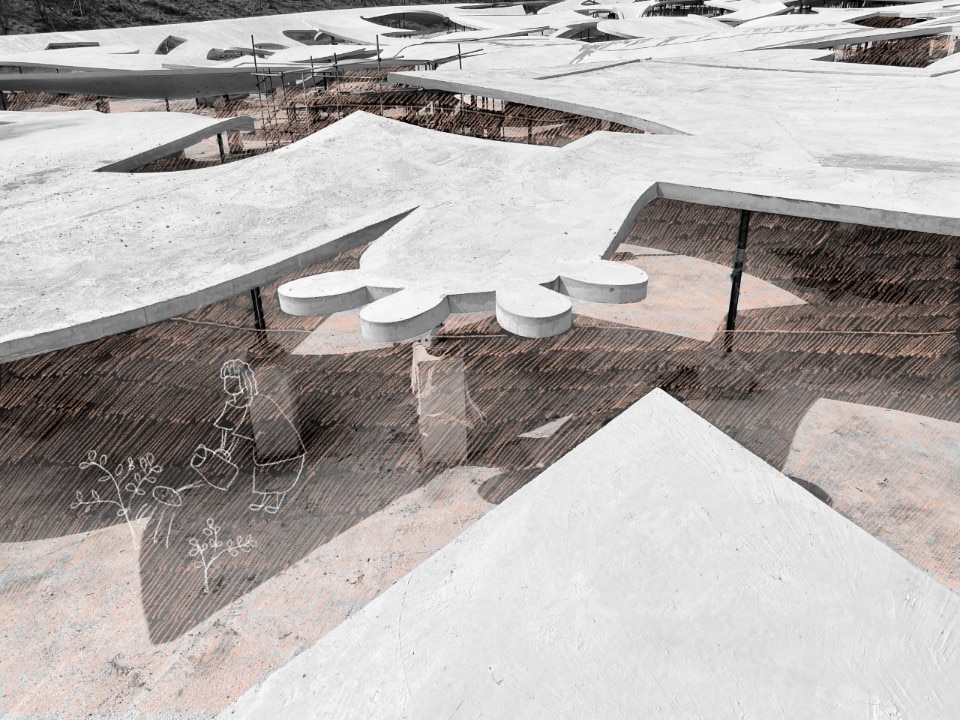
Forest Kindergarten, Bailuwan, Shandong, China
The project intends to create an architecture like a forest that will connect children with their surrounding natural environment, offering the possibility of outdoor education while reflecting their perspective of the world.
Courtesy Junya.Ishigami+Associates
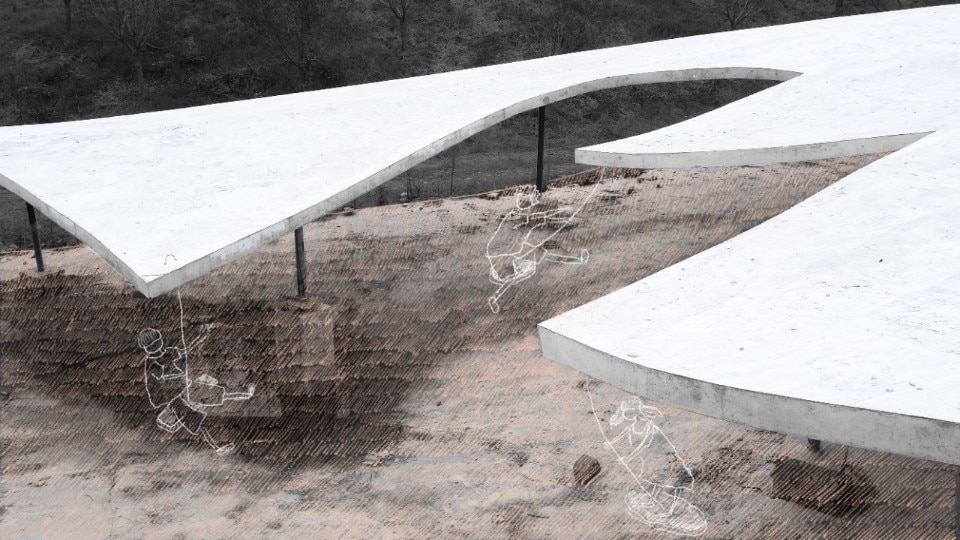
Forest Kindergarten, Bailuwan, Shandong, China
The spatial composition of the building was planned as little as possible in order to allow freedom in the children’s play and activities.
Courtesy Junya.Ishigami+Associates
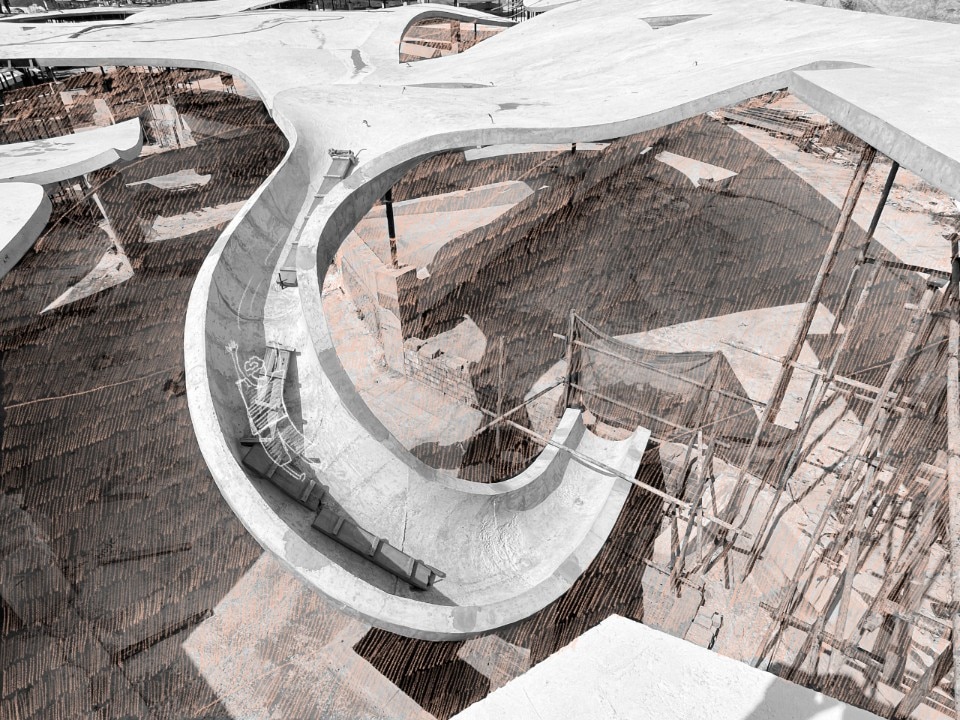
Forest Kindergarten, Bailuwan, Shandong, China
Most of the space is designed at the children’s scale, however a range of architectural scales was considered to think about the different spaces: classrooms include the scale of an adult, some outdoor spaces can only be used by children, and others are places where even children crawling or crouching cannot reach.
Courtesy Junya.Ishigami+Associates
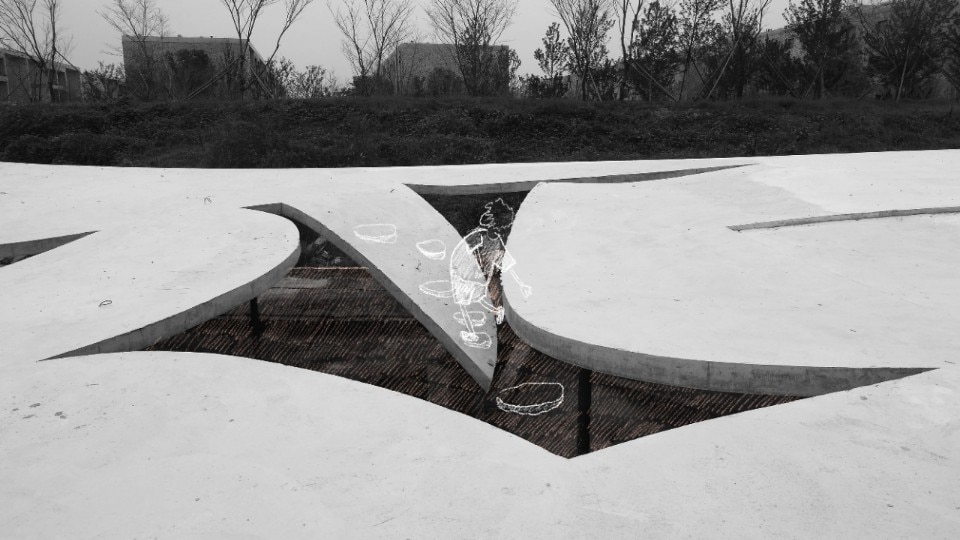
Forest Kindergarten, Bailuwan, Shandong, China
As a result, the project’s diversity of scales and spaces inspires and accommodates a multitude of activities. A reinforced concrete roof with large openings covers the building and merges with the ground in many places, creating spaces for play and other activities.
Courtesy Junya.Ishigami+Associates
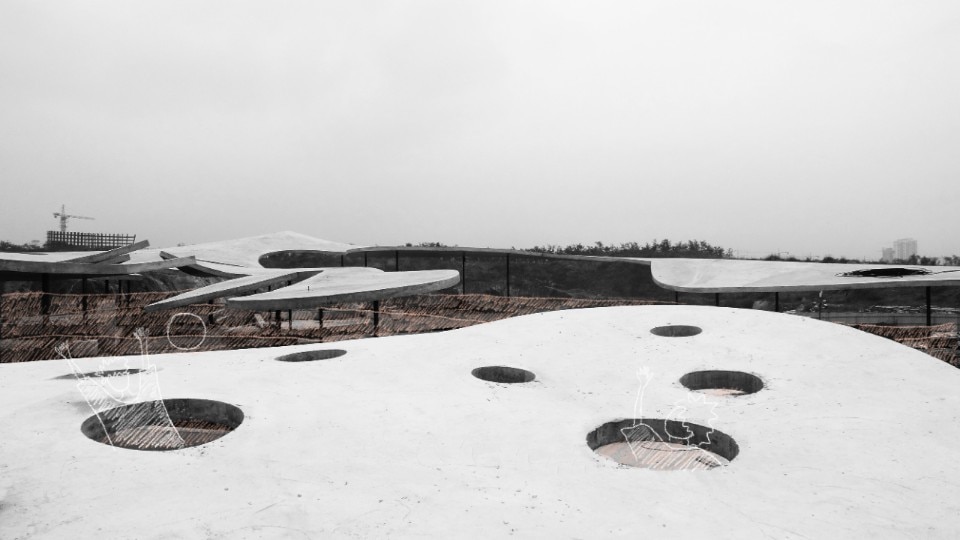
Forest Kindergarten, Bailuwan, Shandong, China
The roof is supported on slender steel pillars, which transfer the vertical load, while the horizontal load is carried by the contact points with the ground. The roof design has followed a development process comprising a series of collages, each gathering images such as animals, plants and children’s illustrations.
Courtesy Junya.Ishigami+Associates
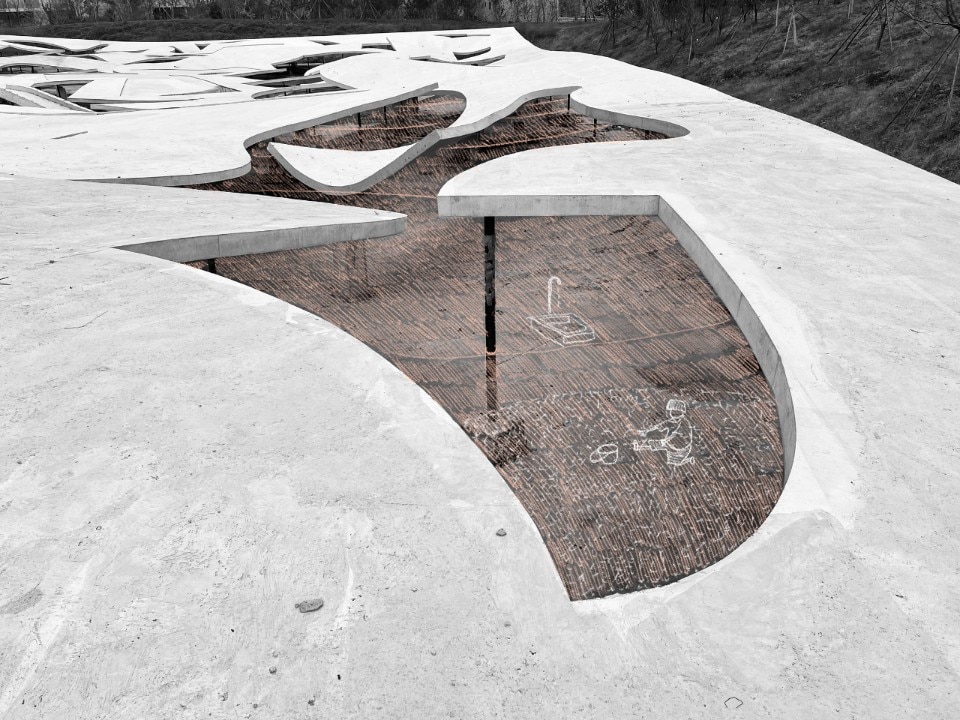
Forest Kindergarten, Bailuwan, Shandong, China
These studies have been progressively stylised to create the shape and contours of the building. Emerging from no longer recognisable figurative imagery, the architecture uses form to allow children to perceive and imagine a multitude of visions and possibilities. For instance, where the roof dips downwards, children feel as if they are falling on top of a flower or sliding down an elephant’s trunk.
Courtesy Junya.Ishigami+Associates
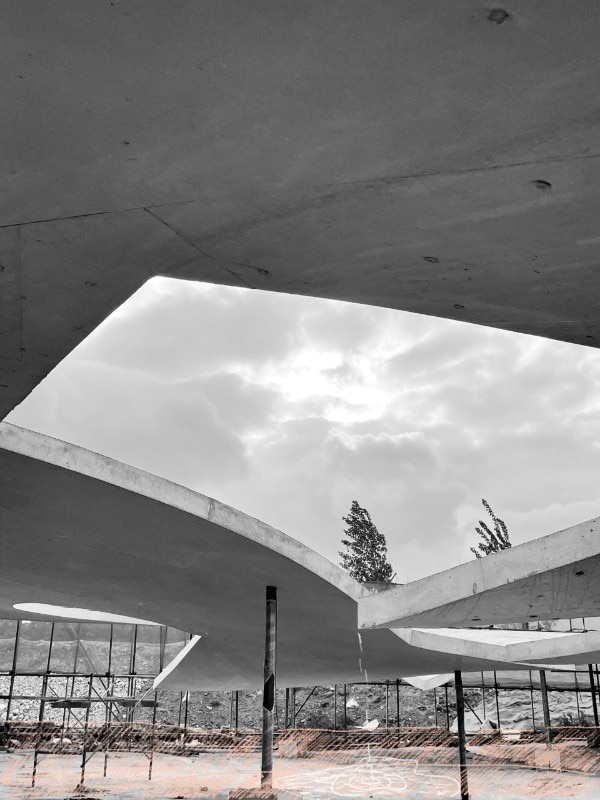
Forest Kindergarten, Bailuwan, Shandong, China
Abstract and concrete, giant and minuscule, interior and exterior combine so that each space gives every child the opportunity to explore their boundless imaginations, thanks to the creation of an architecture entirely composed of non-architectural elements. This architecture is designed as a landscape, made of children’s scales and based on their unique way of seeing the world.
Courtesy Junya.Ishigami+Associates

Forest Kindergarten, Bailuwan, Shandong, China
The project intends to create an architecture like a forest that will connect children with their surrounding natural environment, offering the possibility of outdoor education while reflecting their perspective of the world.
Courtesy Junya.Ishigami+Associates

Forest Kindergarten, Bailuwan, Shandong, China
The spatial composition of the building was planned as little as possible in order to allow freedom in the children’s play and activities.
Courtesy Junya.Ishigami+Associates

Forest Kindergarten, Bailuwan, Shandong, China
Most of the space is designed at the children’s scale, however a range of architectural scales was considered to think about the different spaces: classrooms include the scale of an adult, some outdoor spaces can only be used by children, and others are places where even children crawling or crouching cannot reach.
Courtesy Junya.Ishigami+Associates

Forest Kindergarten, Bailuwan, Shandong, China
As a result, the project’s diversity of scales and spaces inspires and accommodates a multitude of activities. A reinforced concrete roof with large openings covers the building and merges with the ground in many places, creating spaces for play and other activities.
Courtesy Junya.Ishigami+Associates

Forest Kindergarten, Bailuwan, Shandong, China
The roof is supported on slender steel pillars, which transfer the vertical load, while the horizontal load is carried by the contact points with the ground. The roof design has followed a development process comprising a series of collages, each gathering images such as animals, plants and children’s illustrations.
Courtesy Junya.Ishigami+Associates

Forest Kindergarten, Bailuwan, Shandong, China
These studies have been progressively stylised to create the shape and contours of the building. Emerging from no longer recognisable figurative imagery, the architecture uses form to allow children to perceive and imagine a multitude of visions and possibilities. For instance, where the roof dips downwards, children feel as if they are falling on top of a flower or sliding down an elephant’s trunk.
Courtesy Junya.Ishigami+Associates

Forest Kindergarten, Bailuwan, Shandong, China
Abstract and concrete, giant and minuscule, interior and exterior combine so that each space gives every child the opportunity to explore their boundless imaginations, thanks to the creation of an architecture entirely composed of non-architectural elements. This architecture is designed as a landscape, made of children’s scales and based on their unique way of seeing the world.
Courtesy Junya.Ishigami+Associates
For his solo show, “Freeing Architecture”, Ishigami expanded on his exploration of new definitions of architecture. Observing him and his team creating and assembling the models on site was extraordinary. Each one was unique in its form, size or shape. And each would beautifully unfold the project. The models were accompanied by their surroundings – including trees, animals and pieces of furniture – which were designed at the same scale as their inhabitant’s bodies. This setting, enhanced with the preparatory sketches, offered a multitude of sceneries and thus allowed an immediate empathy and intimacy with Ishigami’s vision. With this exhibition, he demonstrated a great capacity to think outside the boundaries of an architectural scale, with the subtle touch of a childlike wit.
As an artist, he creates diverse worlds that reinvent the way we inhabit ours. As an architect of feeling, an architect of sensation, Ishigami has not only freed architecture, but I believe he has also freed the exhibition of architecture.
Opening image: Chapel of the Valley, Bailuwan, Shandong, China, 2016-in progress. Courtesy Junya.Ishigami+Associates


